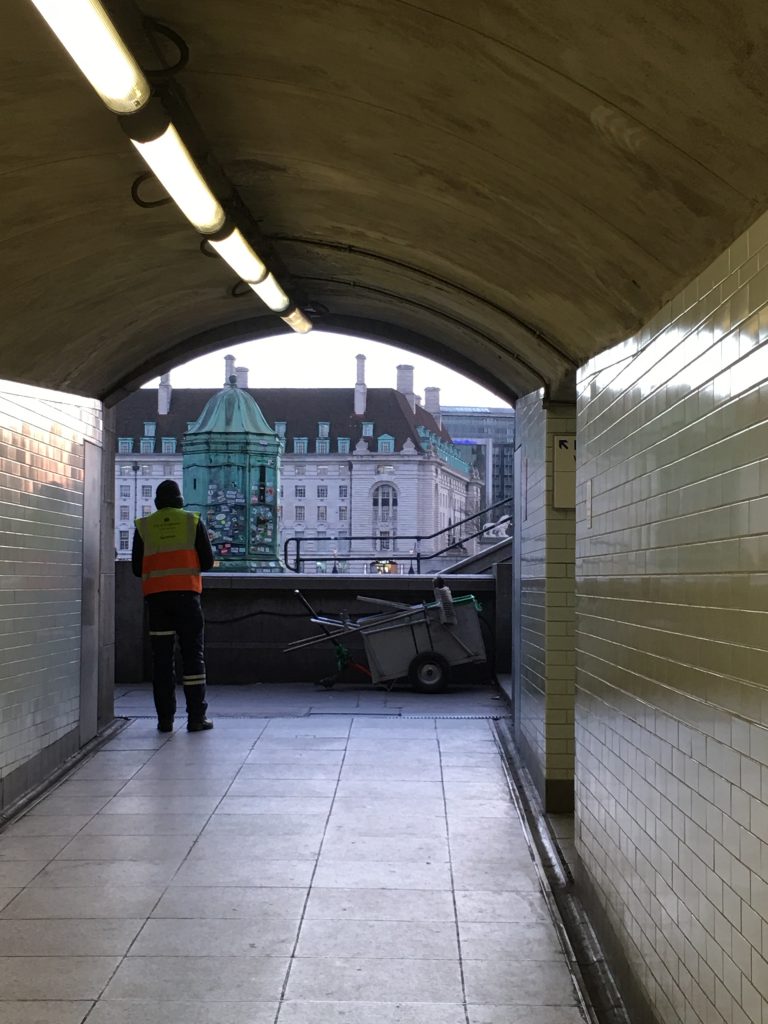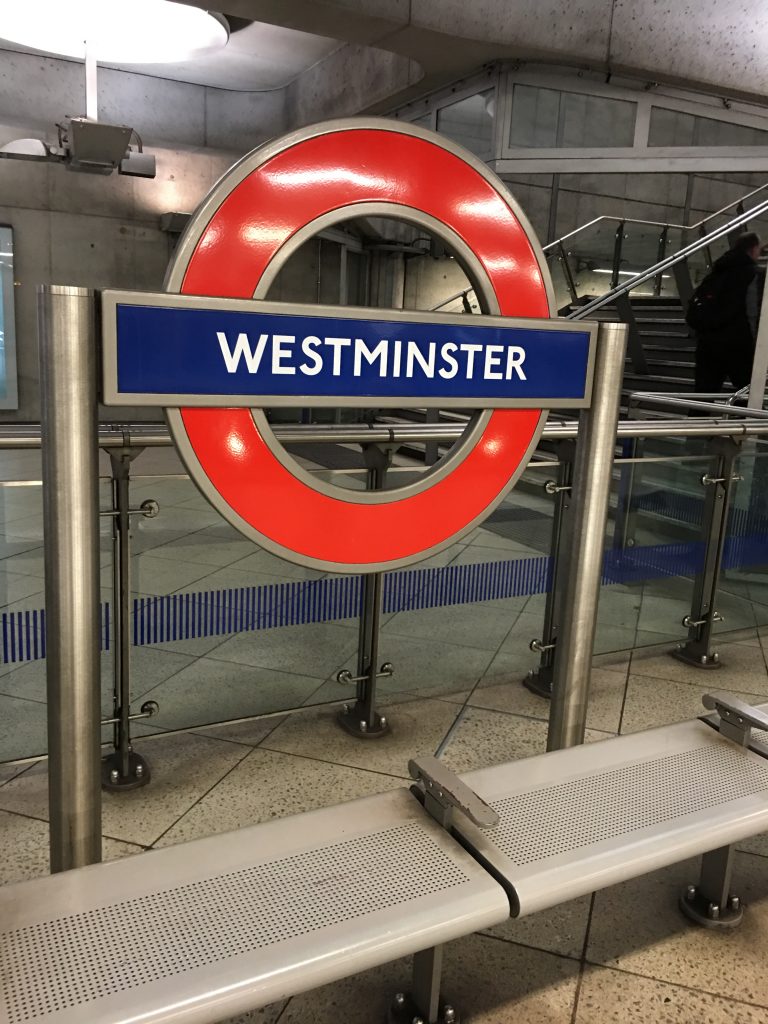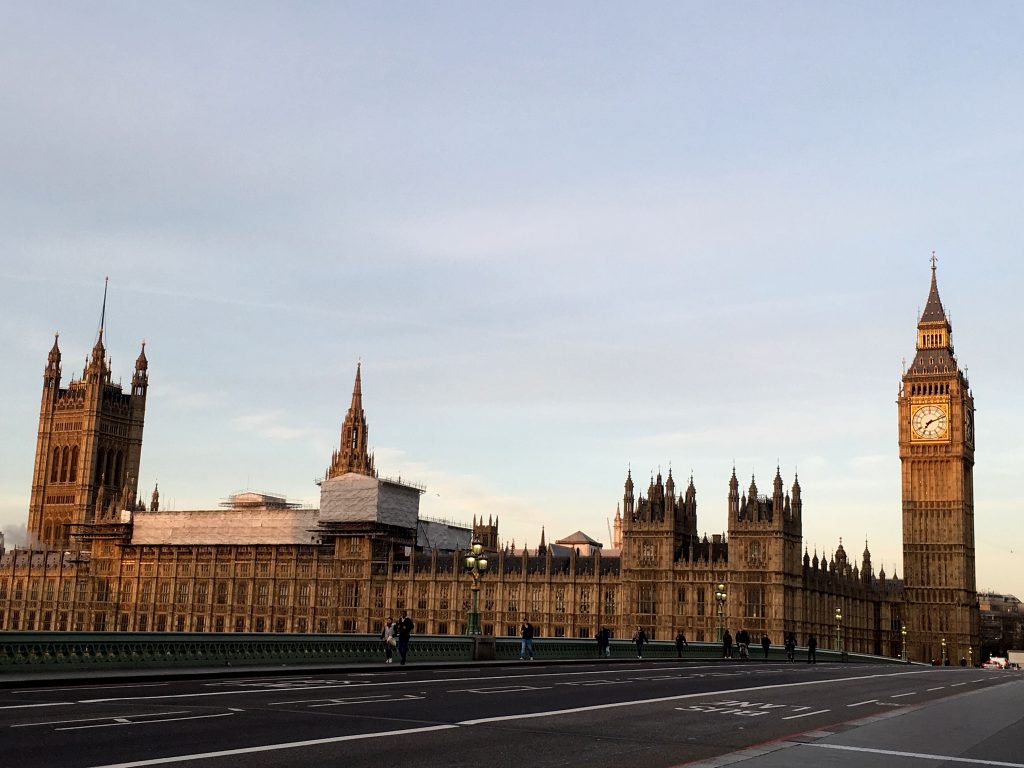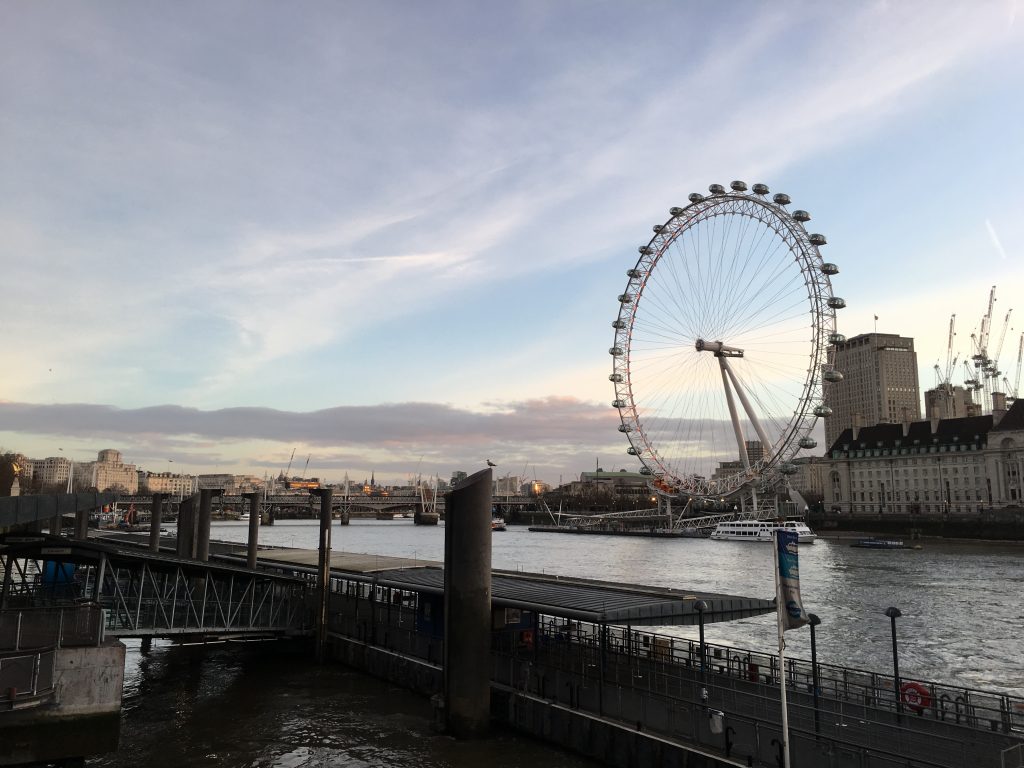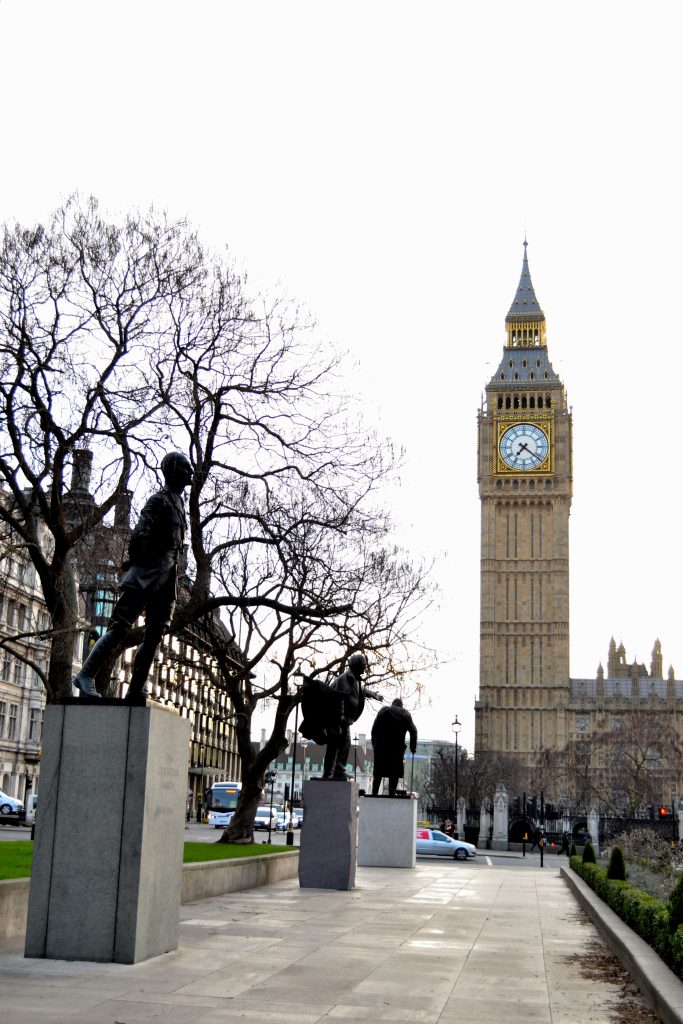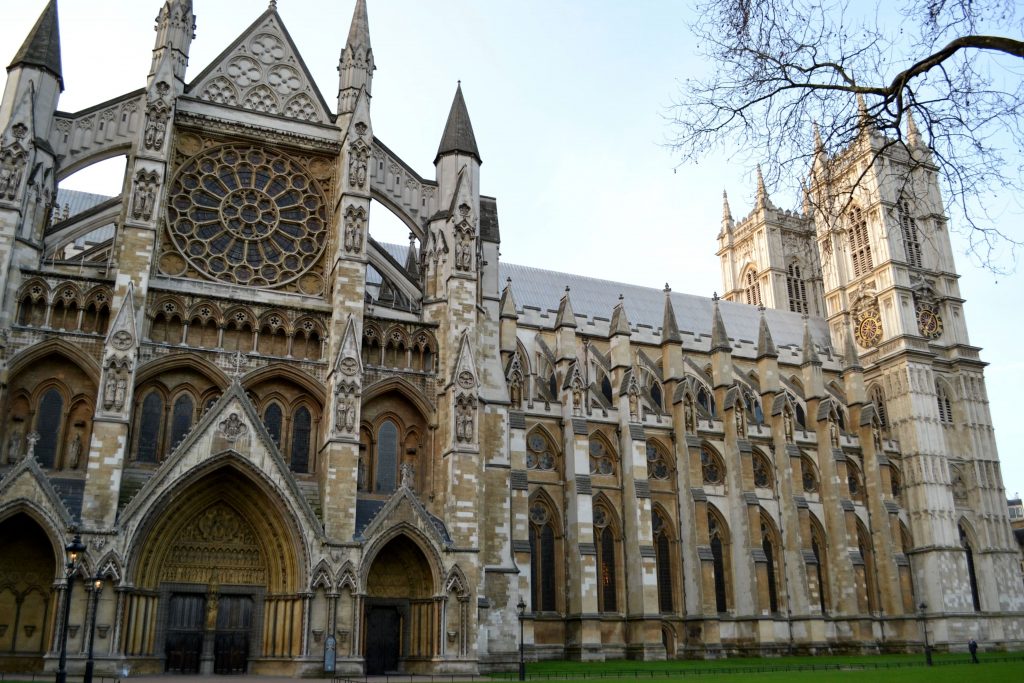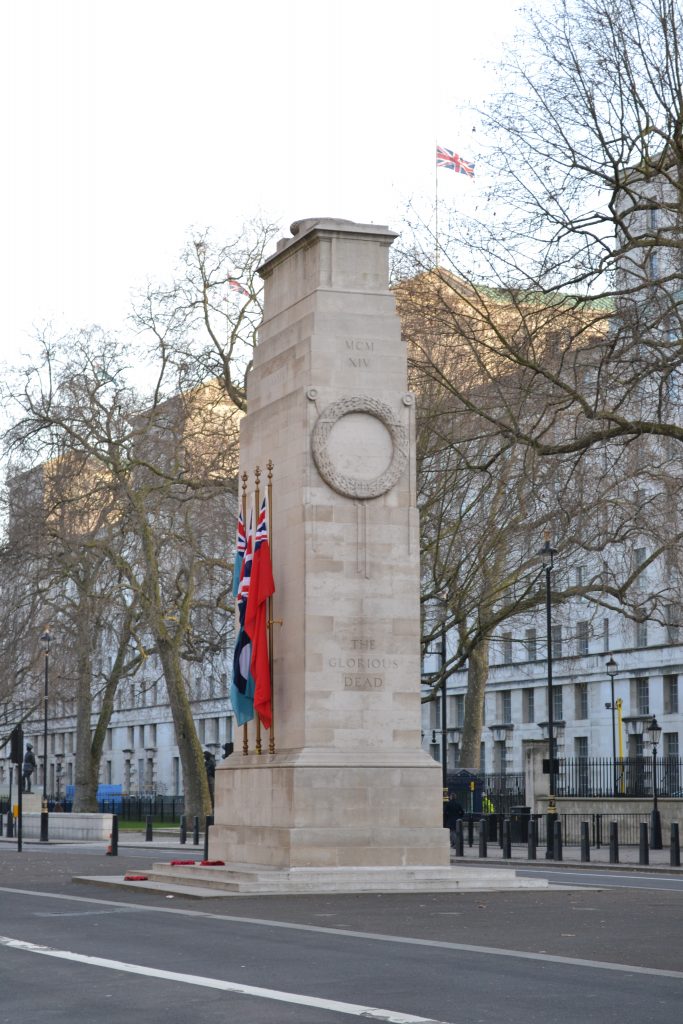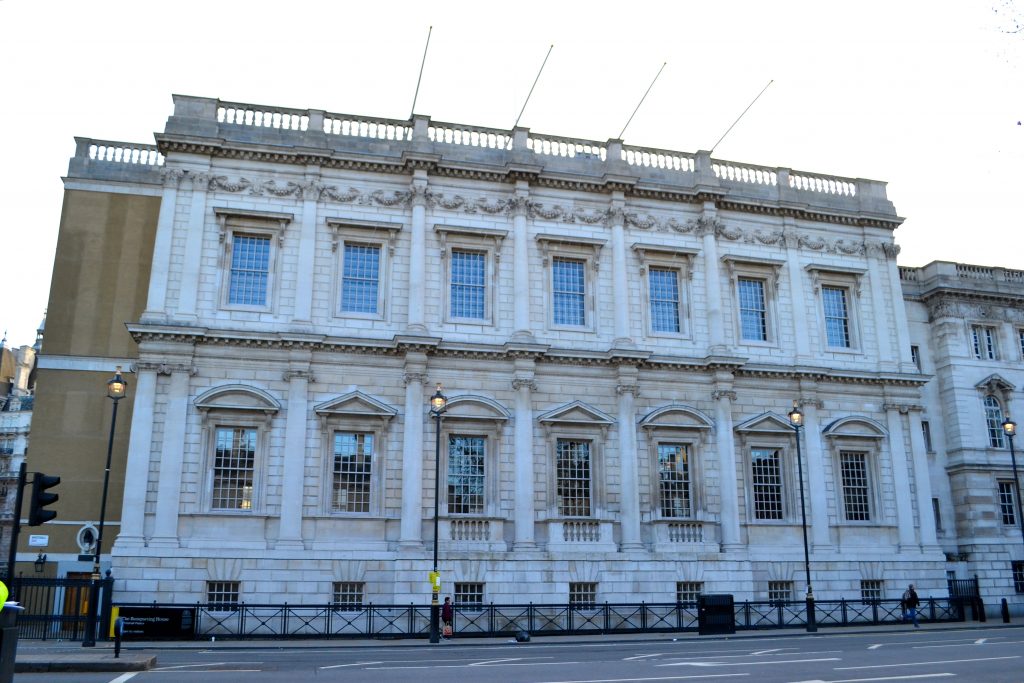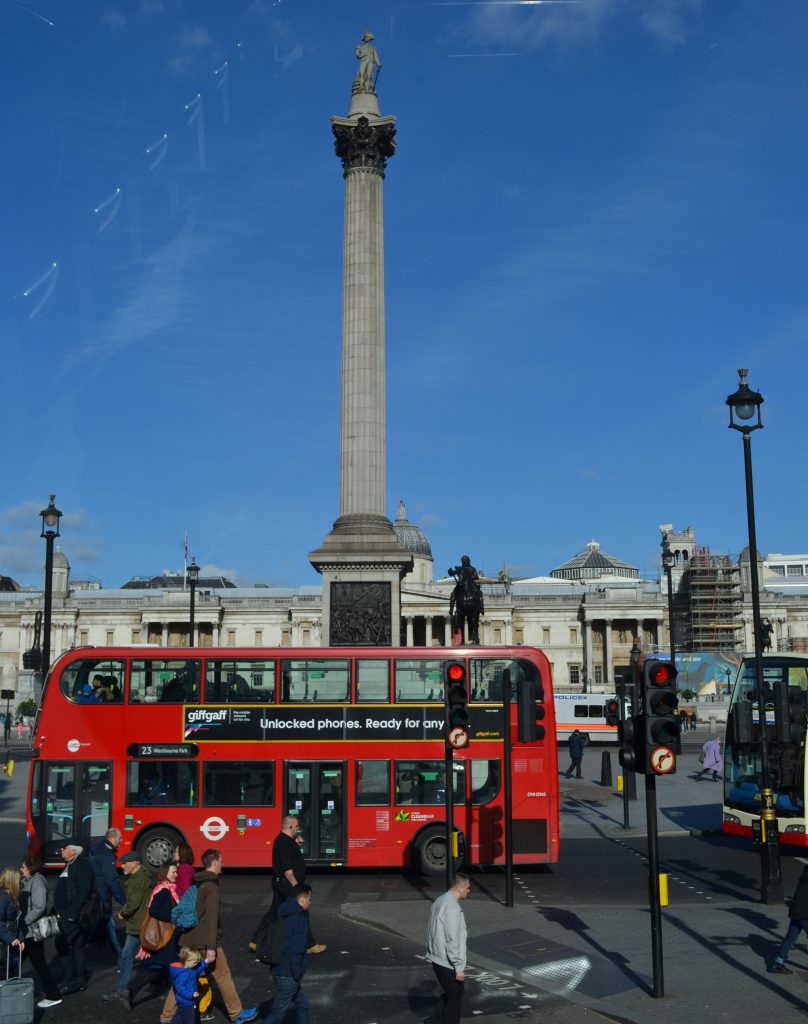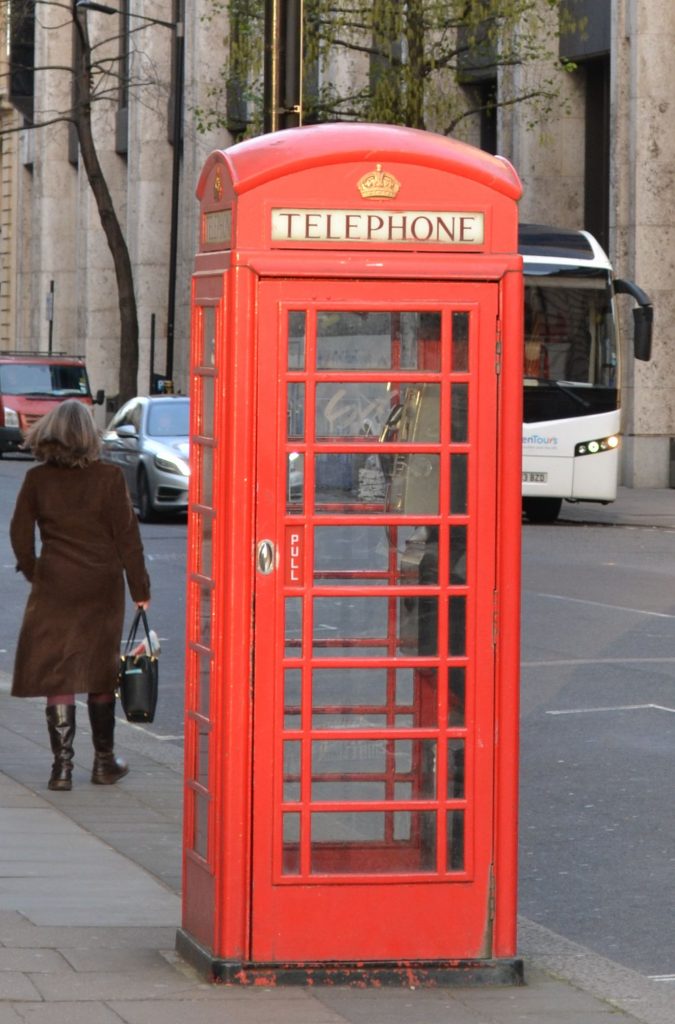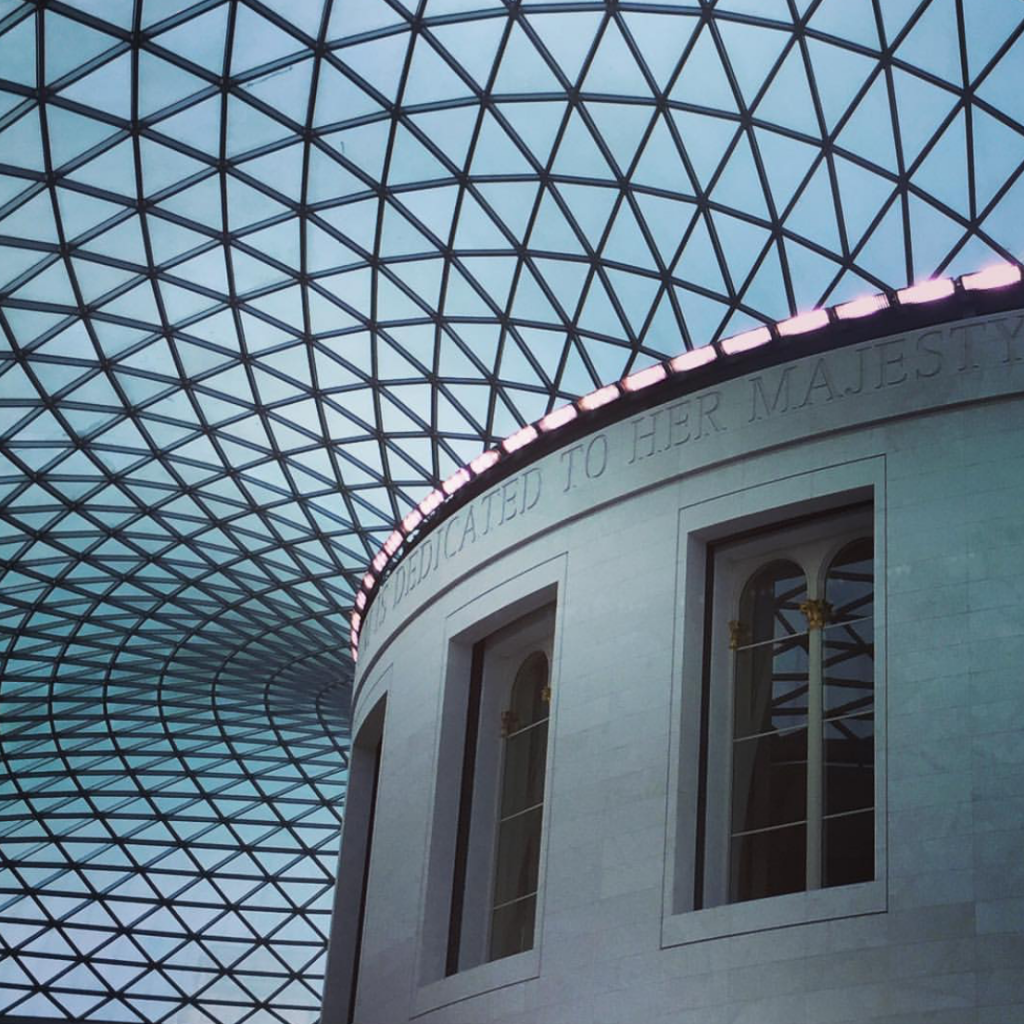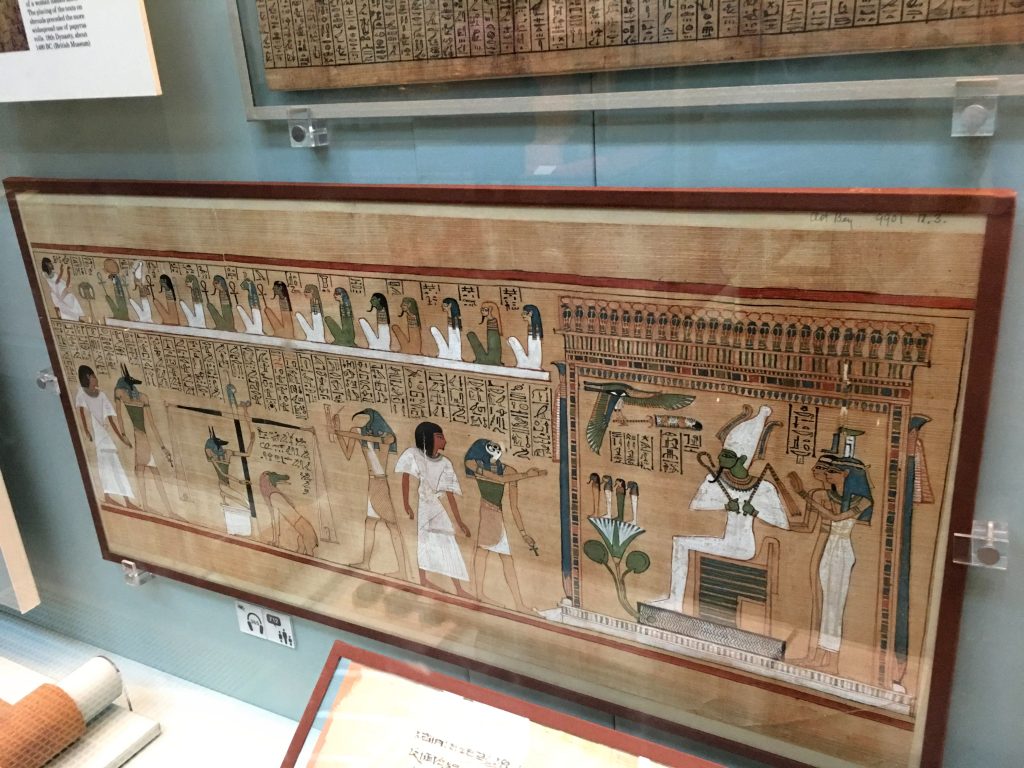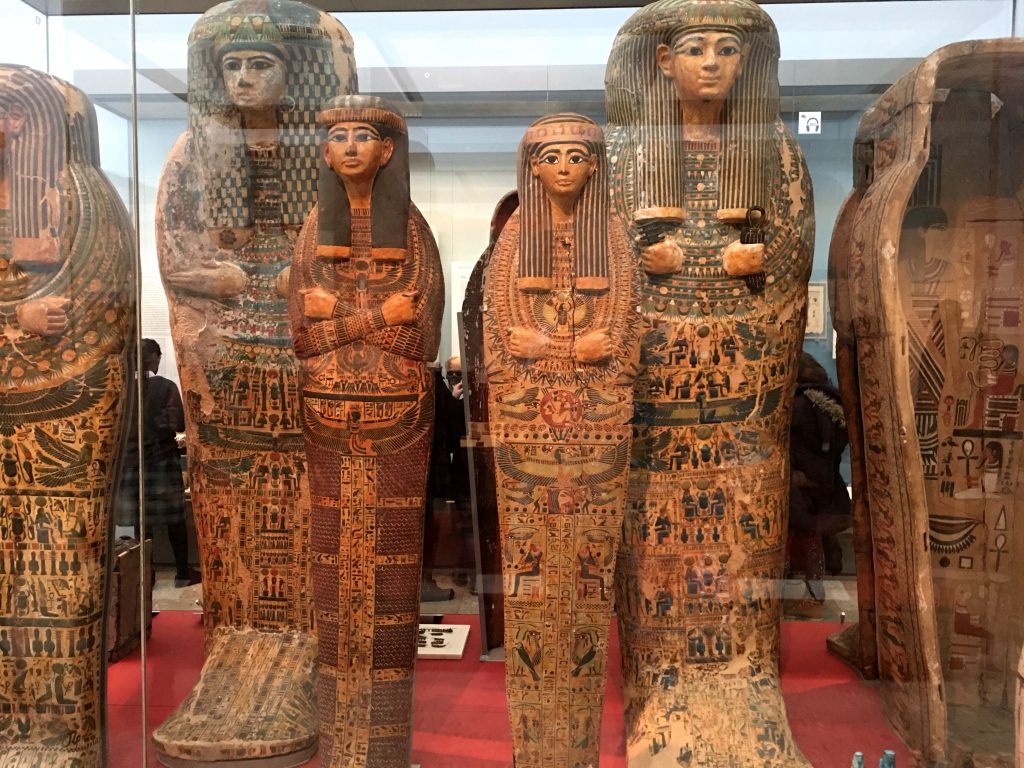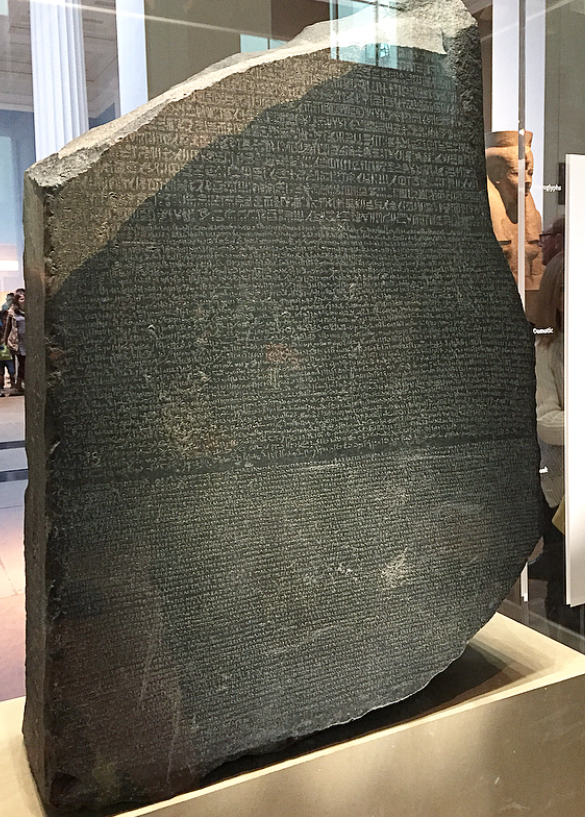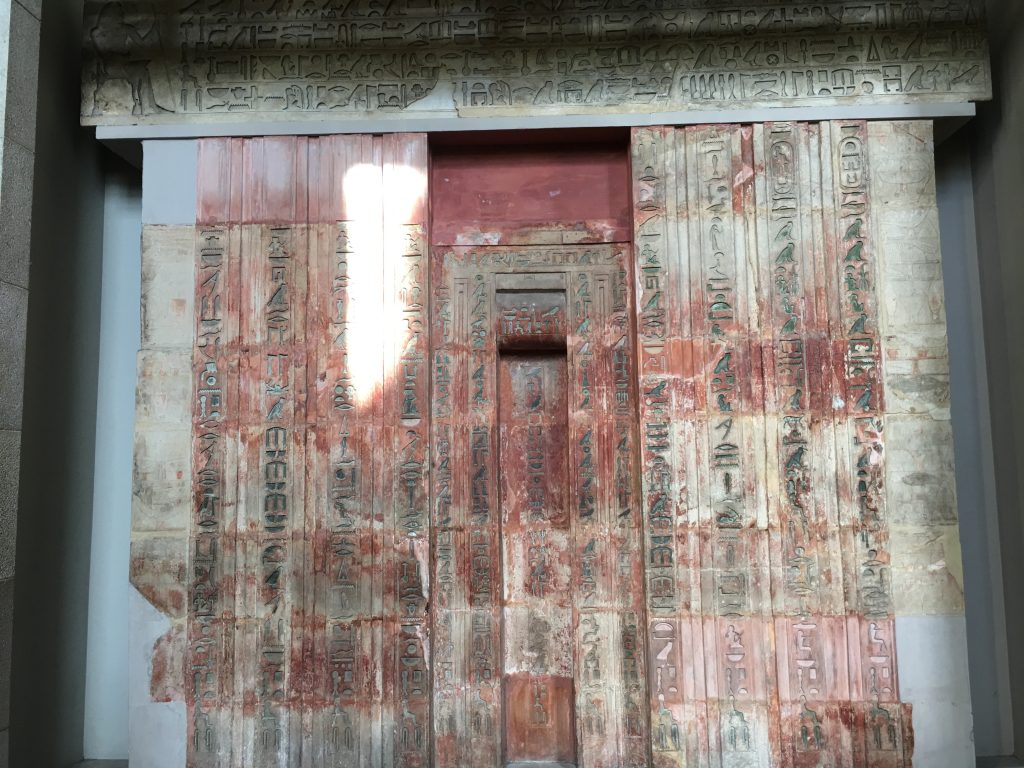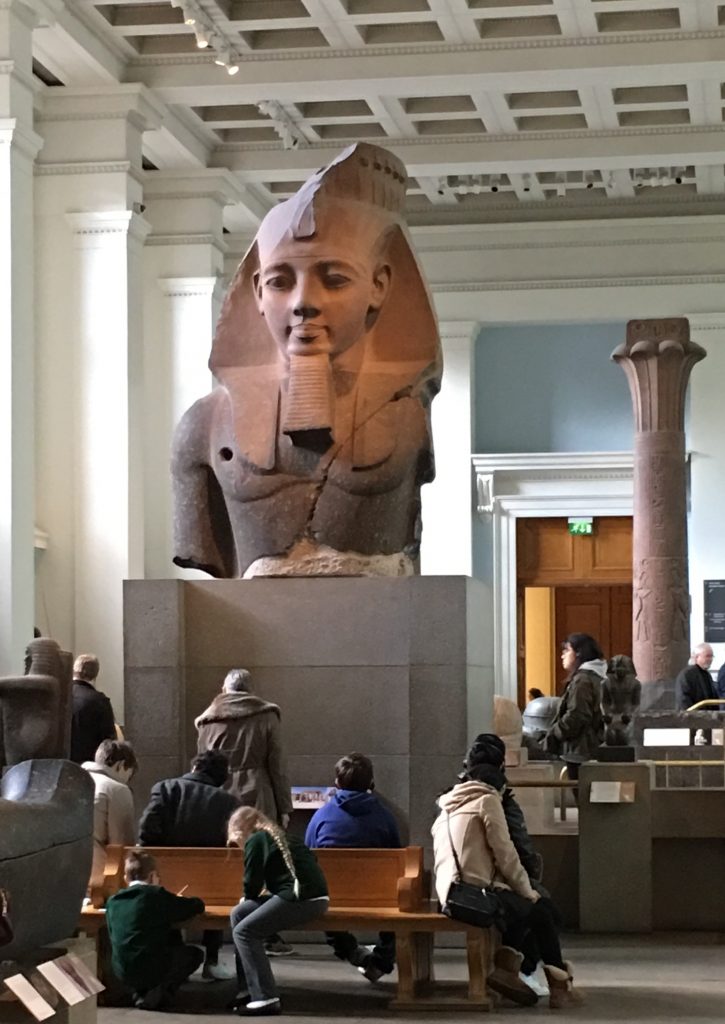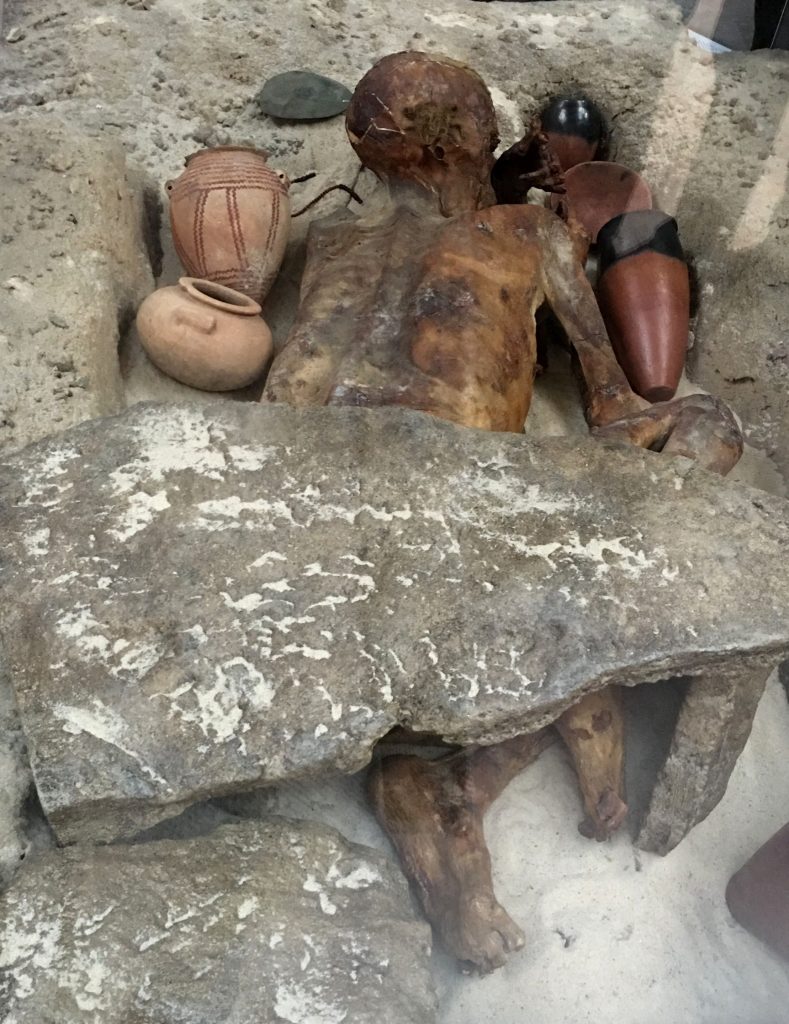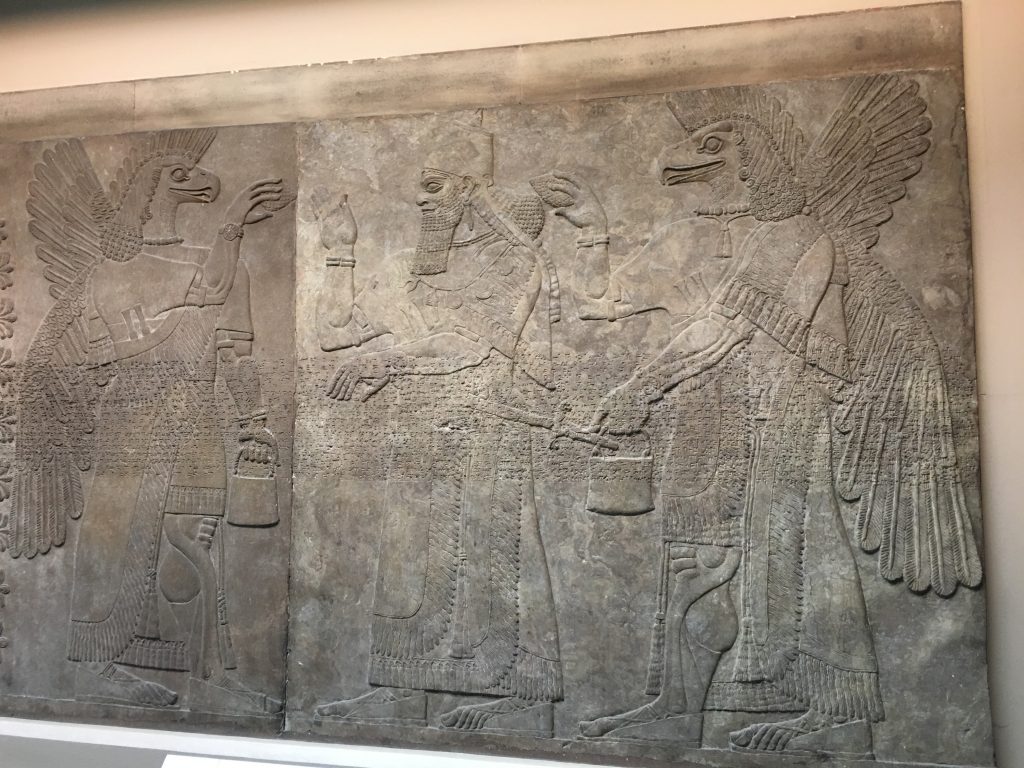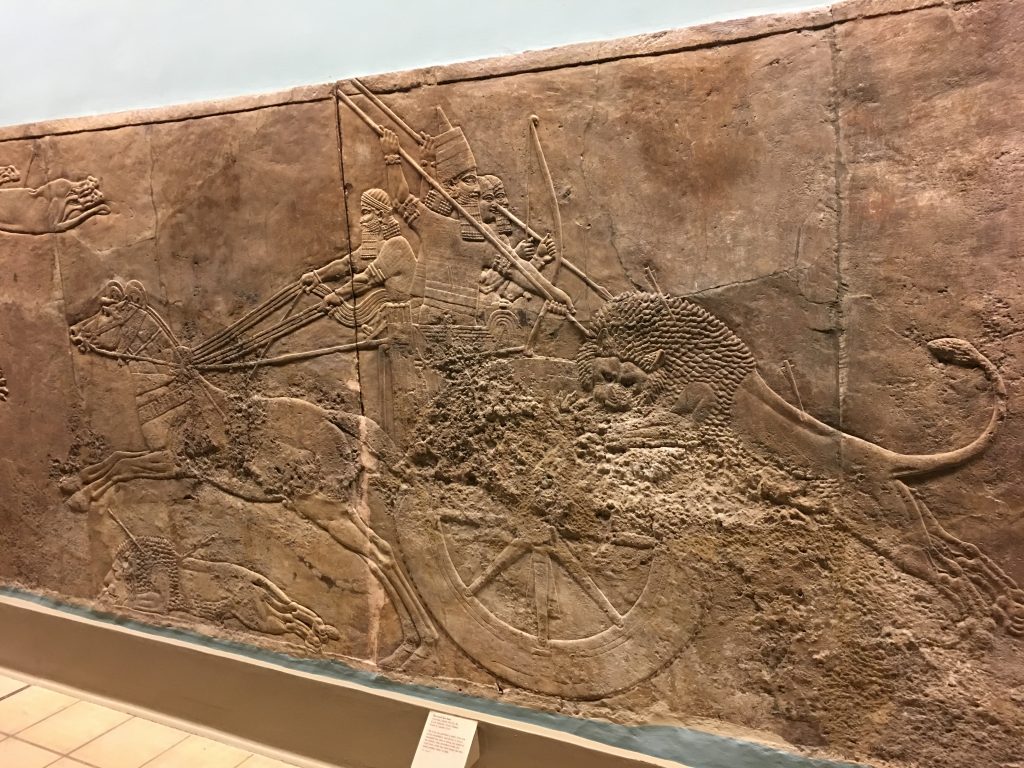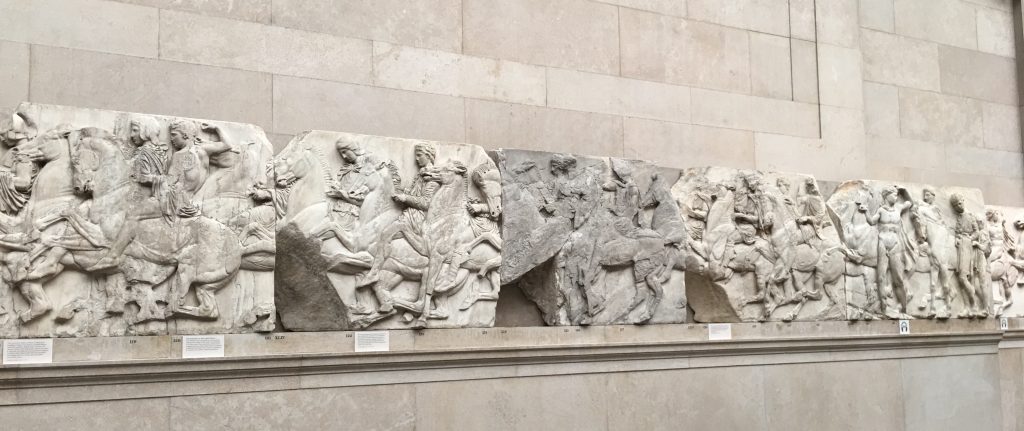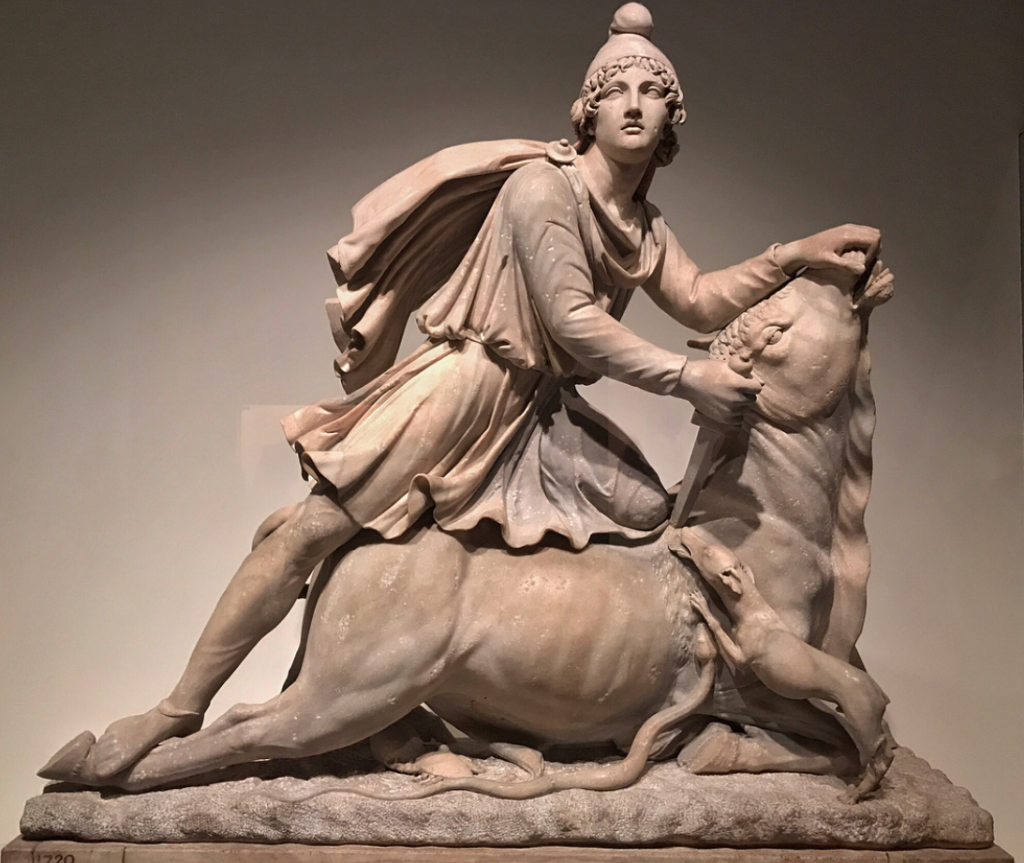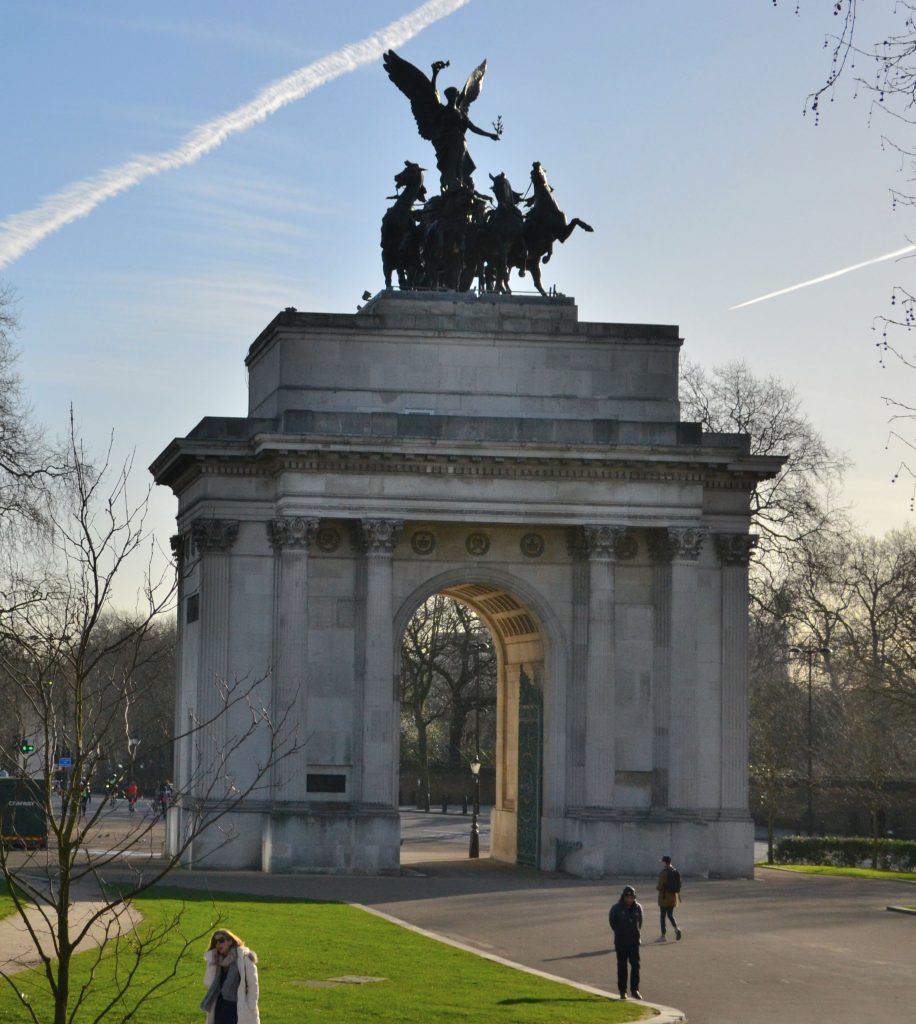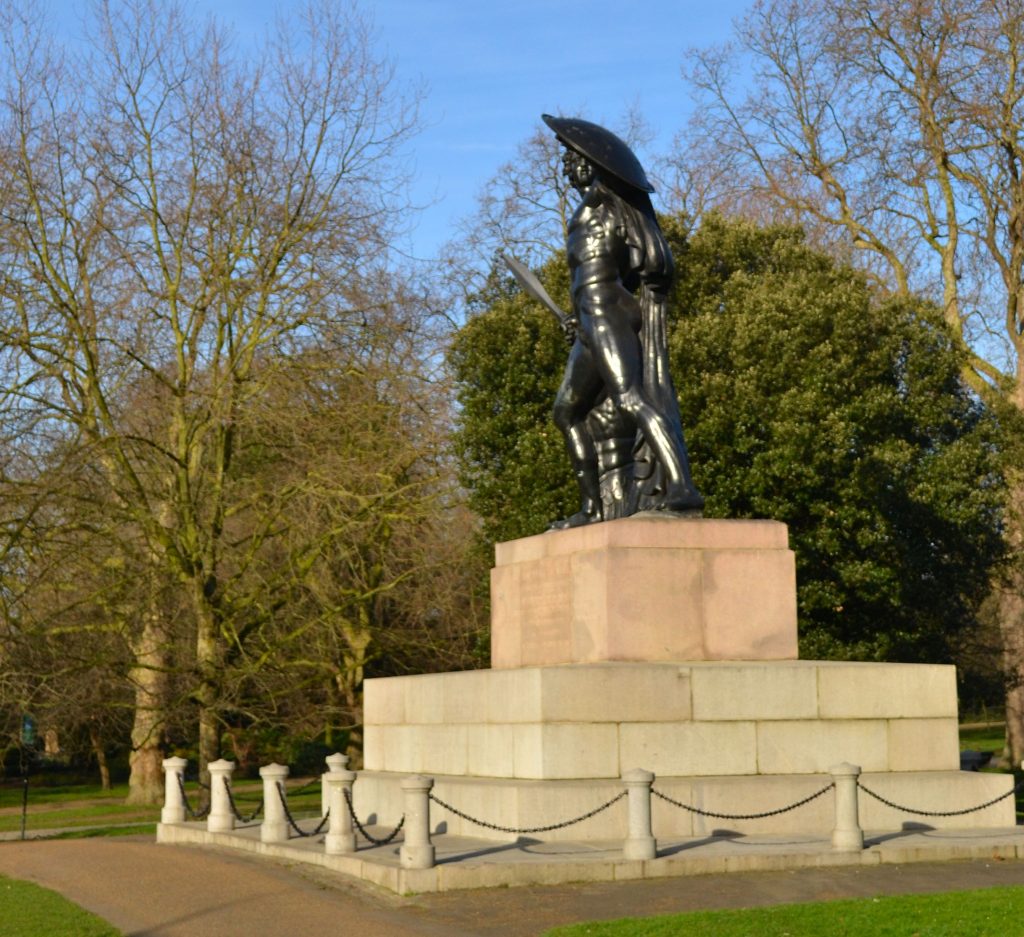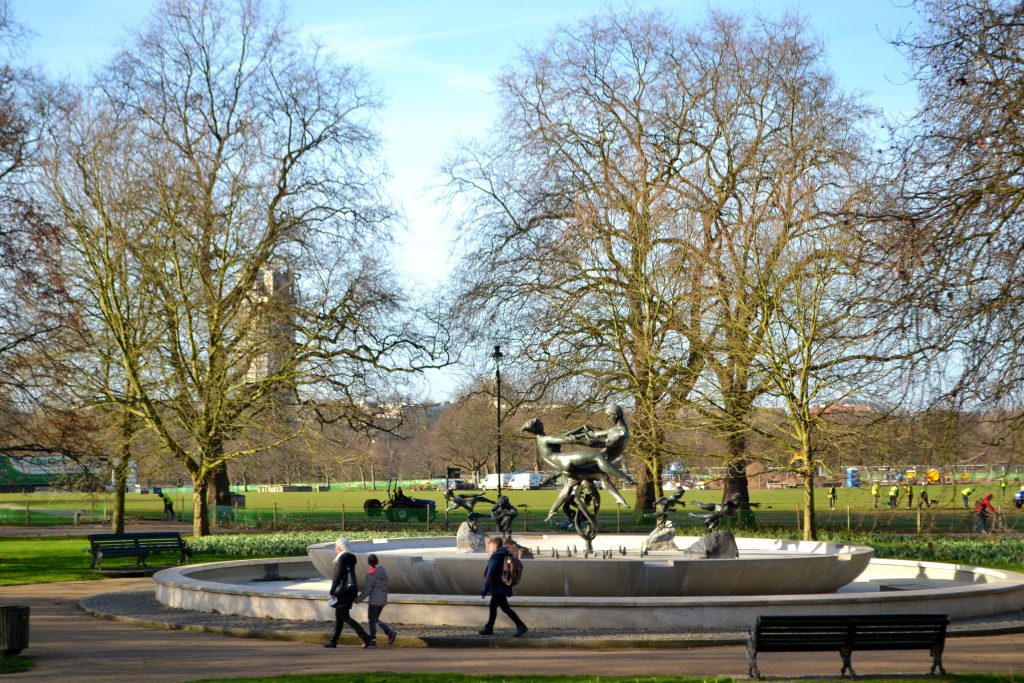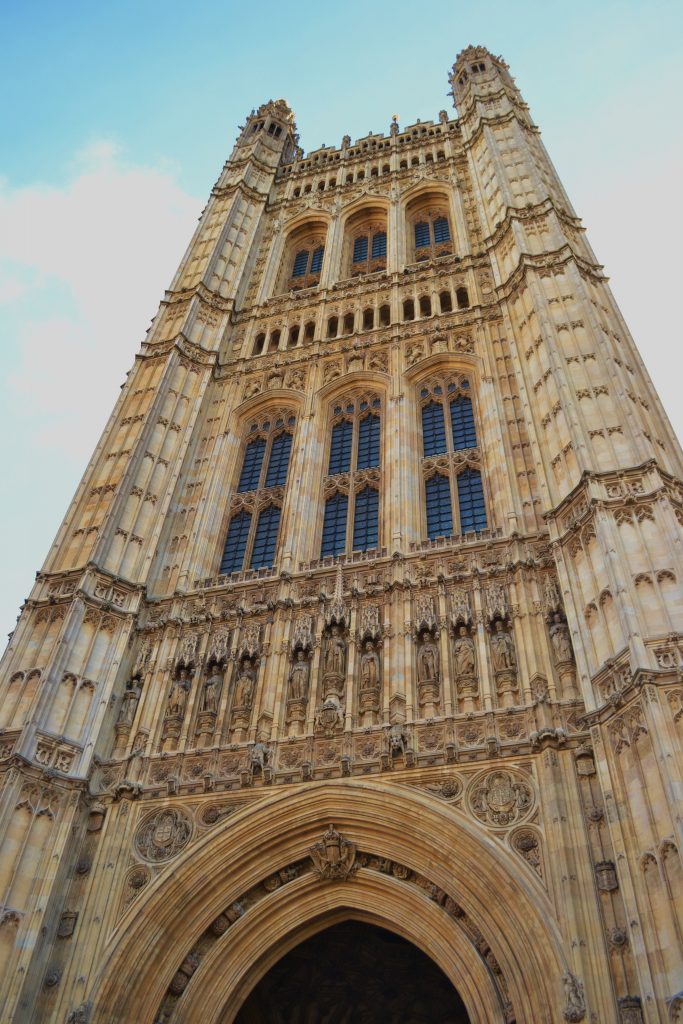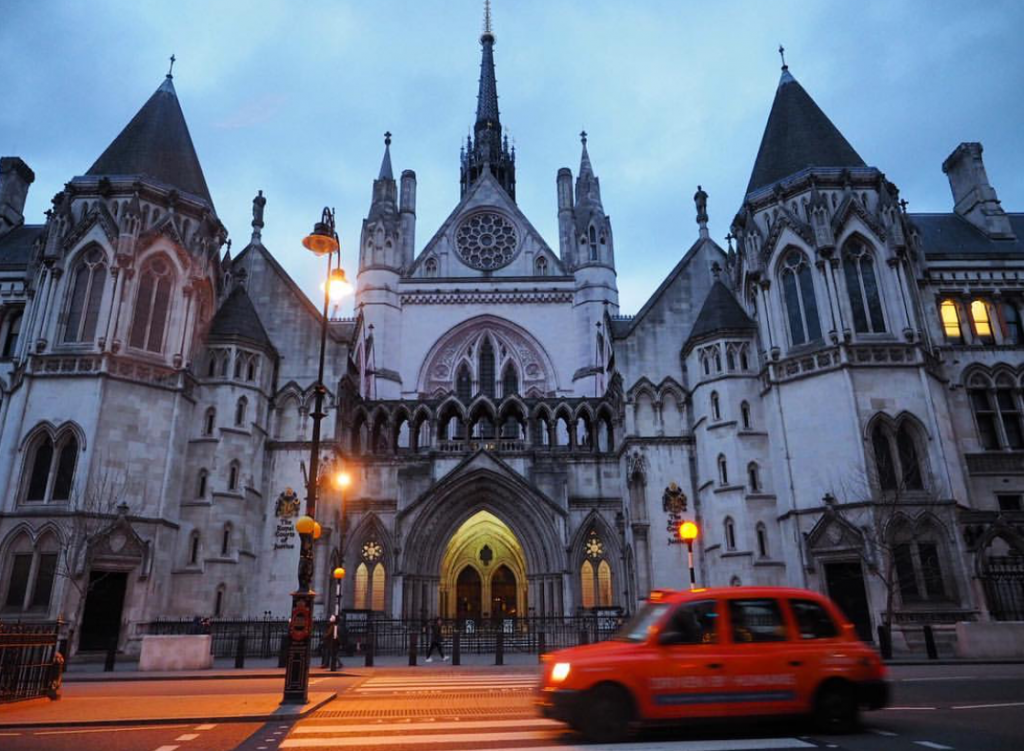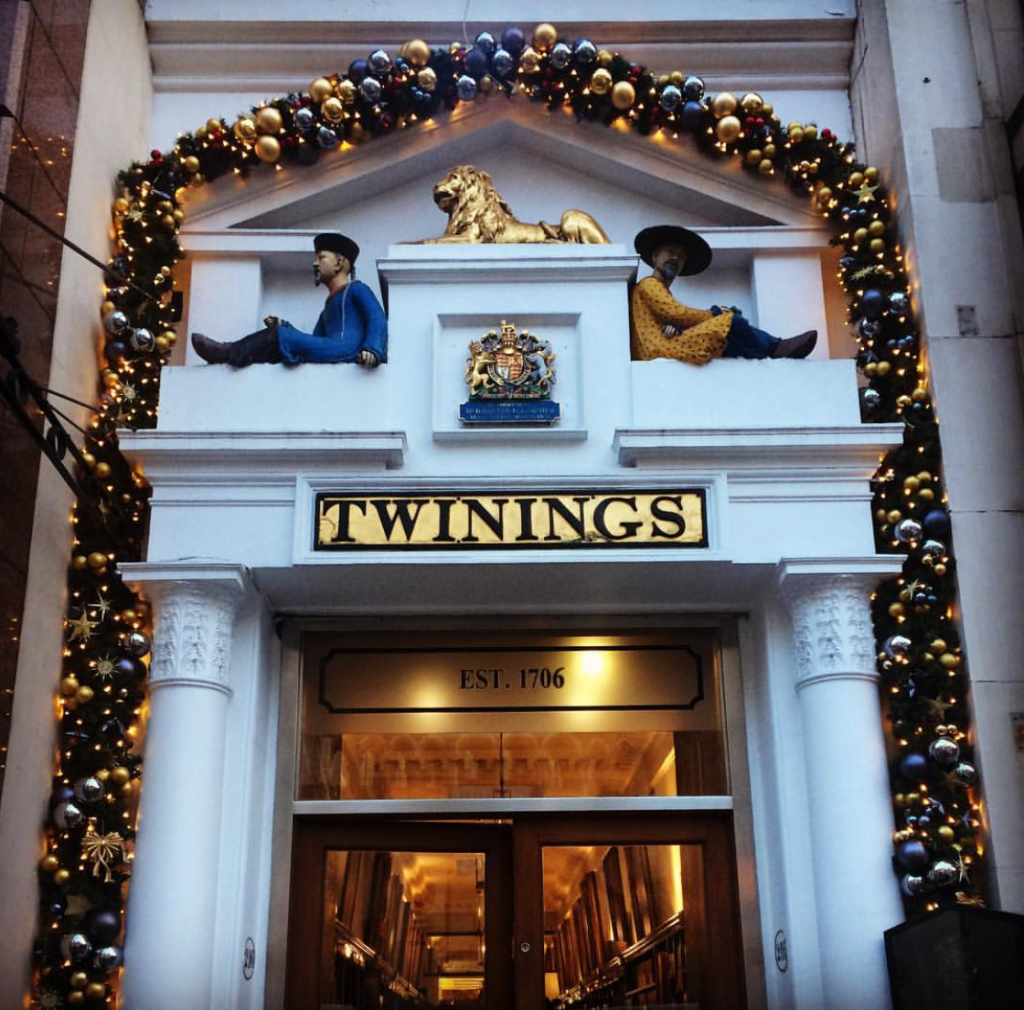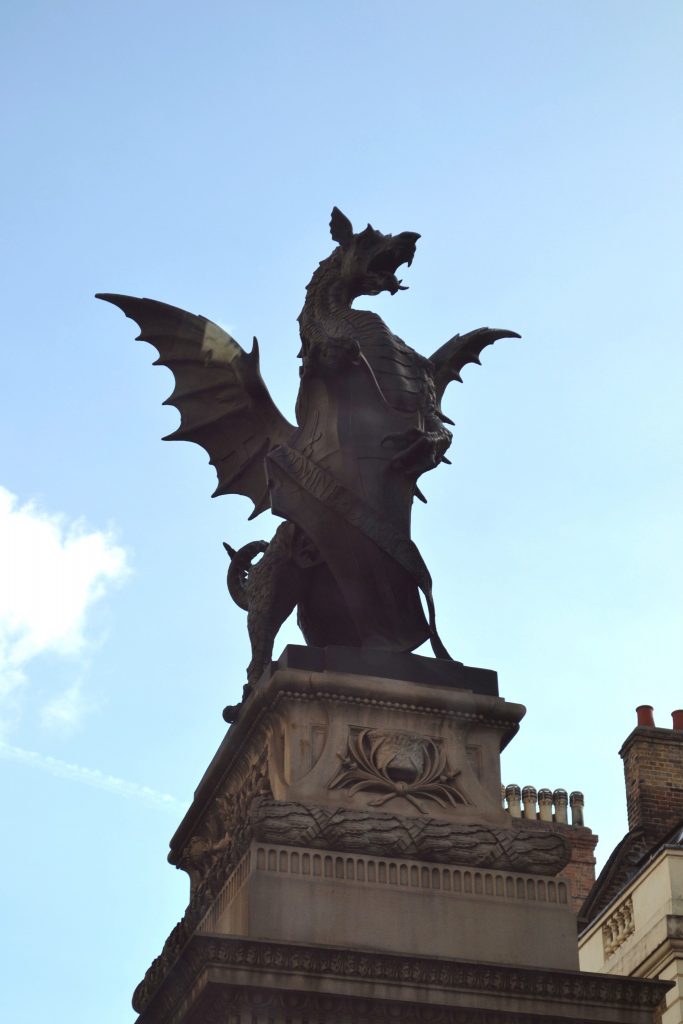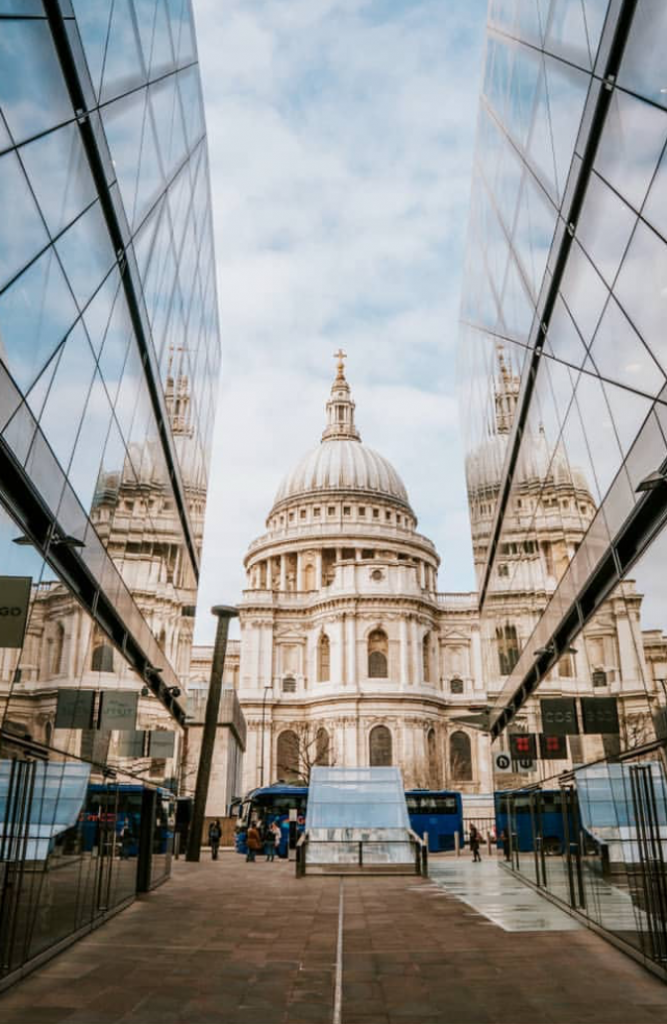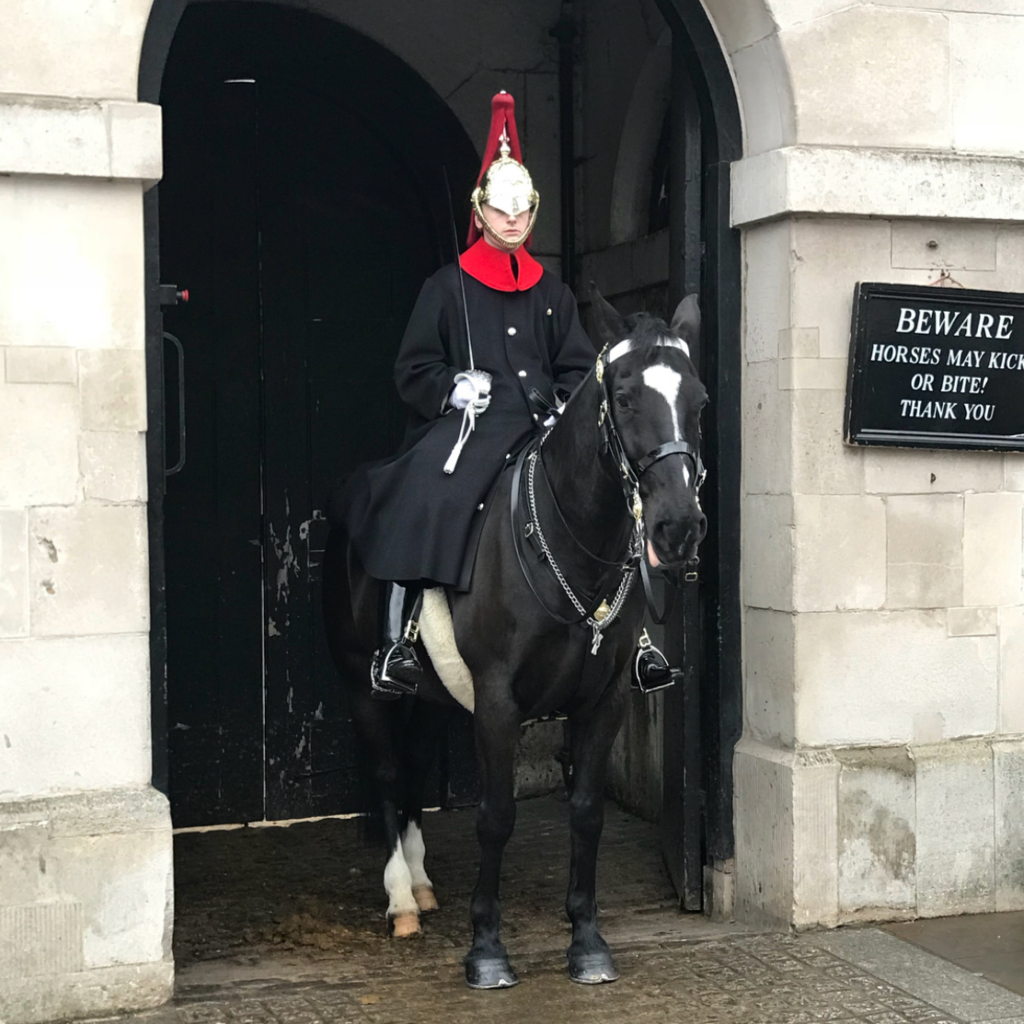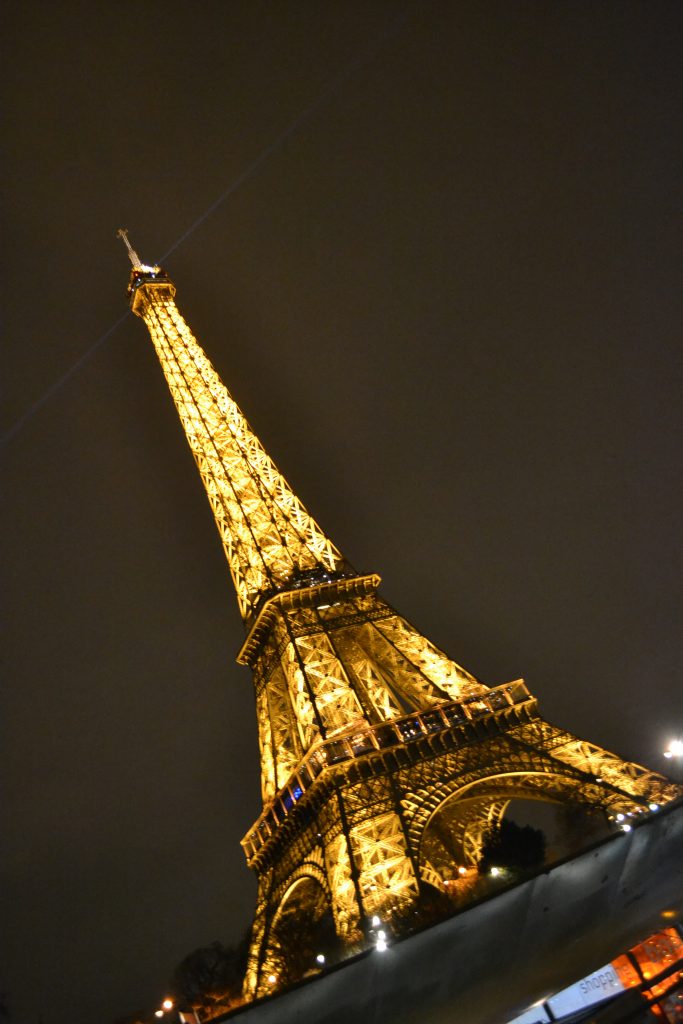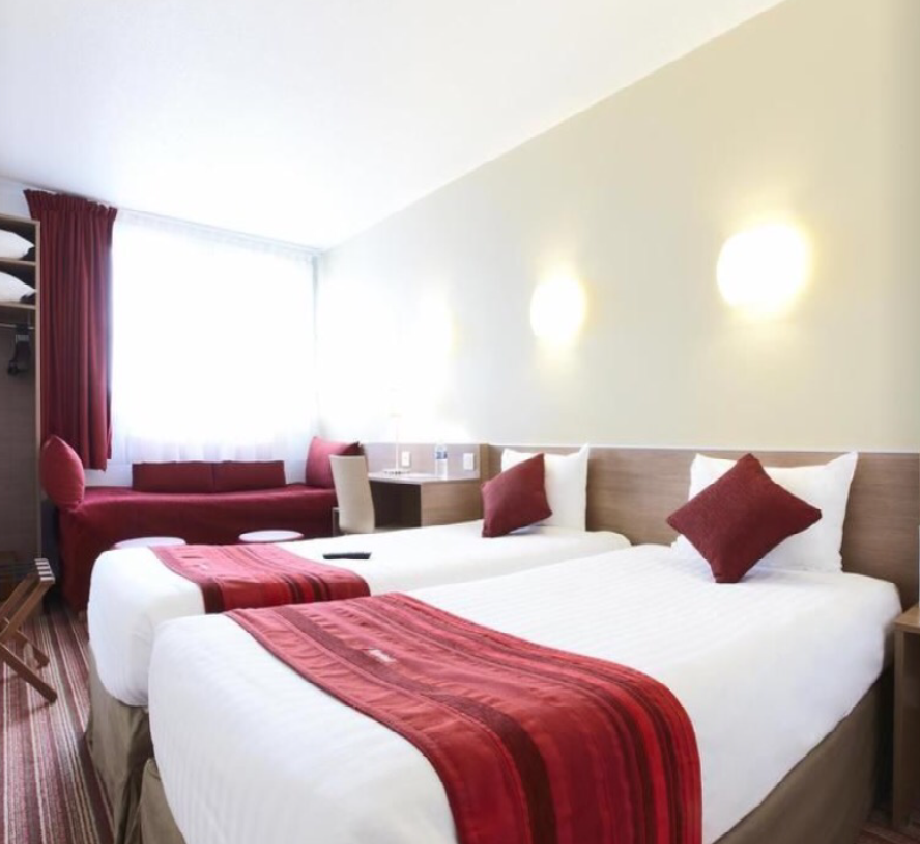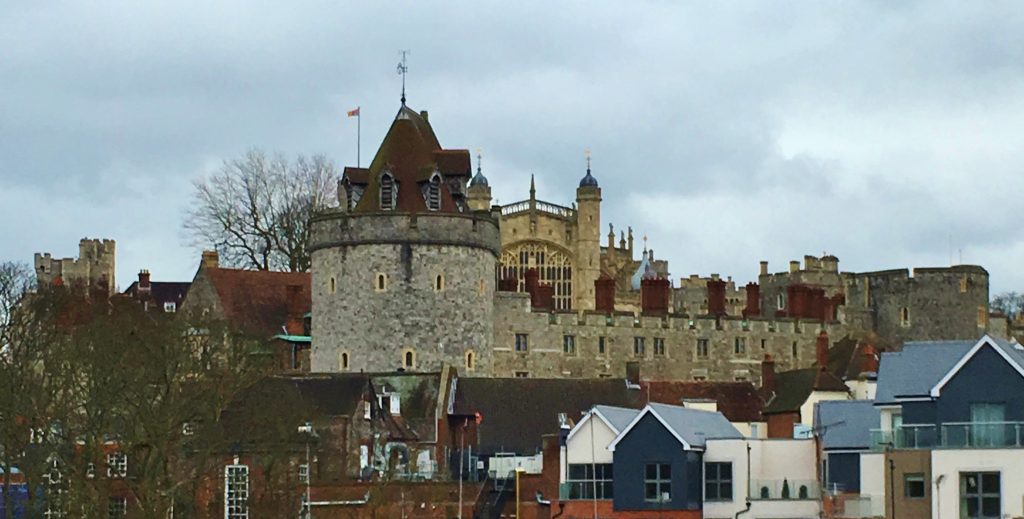
Our tour bus arrived in the regal town of Windsor and parked near the train station before we stumbled out into the winter chill. Located thirty miles west of London, Windsor Castle overlooks the fertile Berkshire landscape of England and its battlements can be seen from miles around. One of three magnificent residences of London’s royal family, Windsor Castle, has been inhabited by the rulers of England for nearly a millennium.
Our guide directed us to an upstairs shopping center with coffee shops, cafes and shopping boutiques crowded with visitors from the morning tour of the castle. Couples sitting across from each other at intimate tables designed for two were enjoying a bite to eat while discussing their plans for what remained of the day. I found myself desperately trying to keep up with the tour, winding through a maze of strangers until I was deposited at the opposite end of the Windsor Royal Shops located across the street from the royal residence.
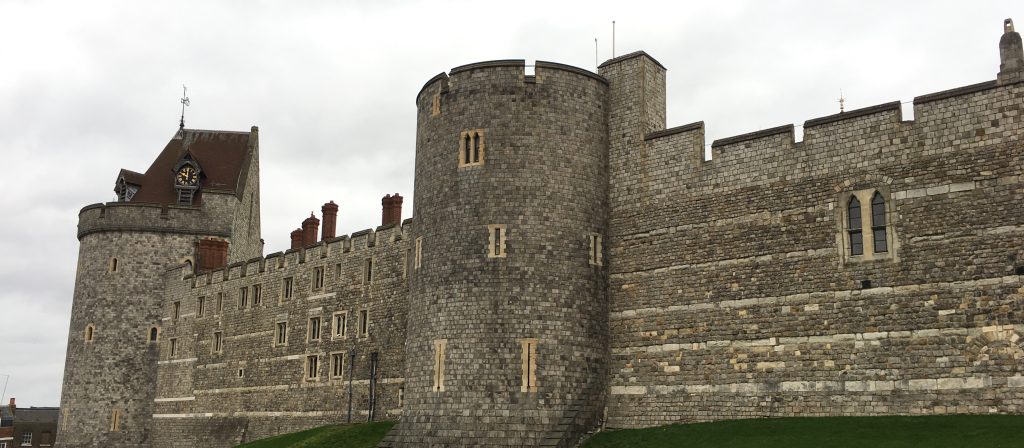
The cobblestone streets led to an unexpected view of the castle. The muted colors of the grey sarsen stone and deep red wooden accents have, over the years, replaced William the Conqueror’s original castle built in 1080. Today, it is the official residence of the Queen of England and is hailed as Britain’s oldest continually inhabited royal home. Atop of one of the towers was a tiny clock with a black face and golden Roman numerals preparing us for the start of the next tour.
William built the fortress to guard London against enemies approaching from the west. Small slits at the base of each tower protected the castle’s defenders as they shot arrows toward invaders who dared to attempt an attack.
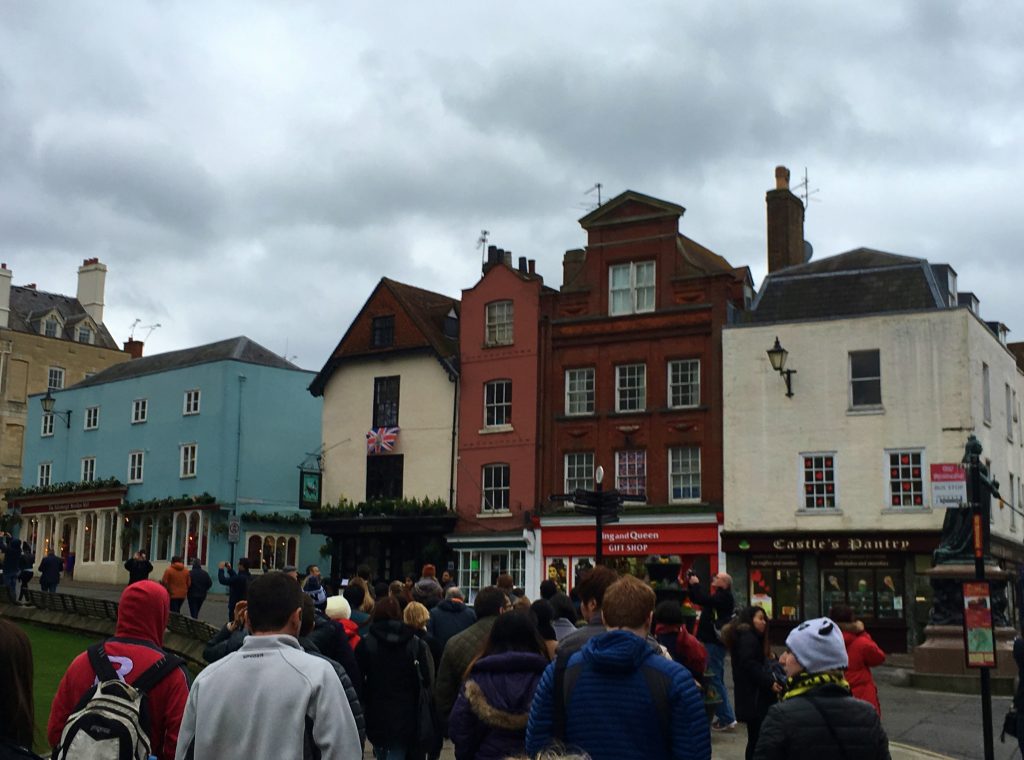
Advancing towards the entrance to Windsor Castle, we noticed brick buildings and pastel covered storefronts ahead housing a museum, banks, shops and pubs with fish and chips. A bronze statue of Queen Victoria stood in the center of Peascod Street where we made a left. Up a mild slope, reaching a small set of stairs, we happened upon the ticket counter designated for groups and took our place in line.
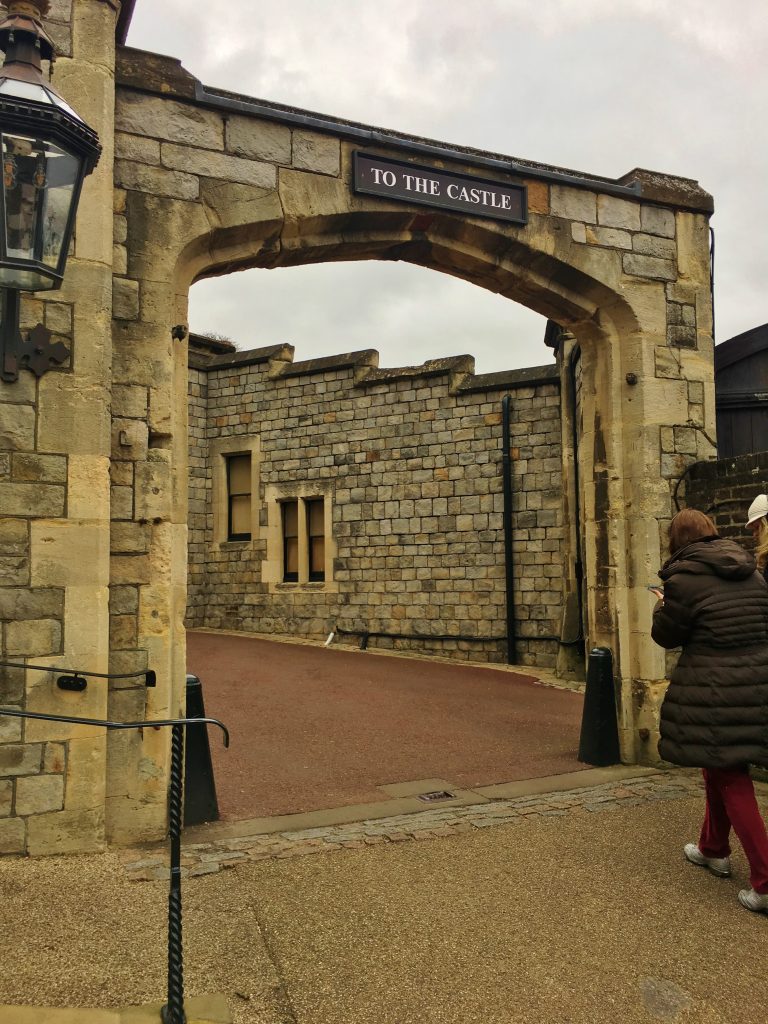
Within minutes, we were shackled with wrist bands and audio tour devices. We departed the waiting area where we were met with more cobblestone streets and an archway that pointed us in the direction of the castle.
Recognized as the oldest and largest occupied castle in the world, Windsor Castle includes 1,000 rooms. I learned that the castle has been home to eight successive royal houses and was the primary childhood home of Queen Elizabeth II and considers it her favorite residence. My entrance fee allowed me access to the grounds of the castle as well as the staterooms, Queen Mary’s Doll House display and St. George’s Chapel. During my visit, I would have the opportunity to tour the Great Kitchen, witness the Changing of the Guard and explore the various monarch tombs in the chapel.
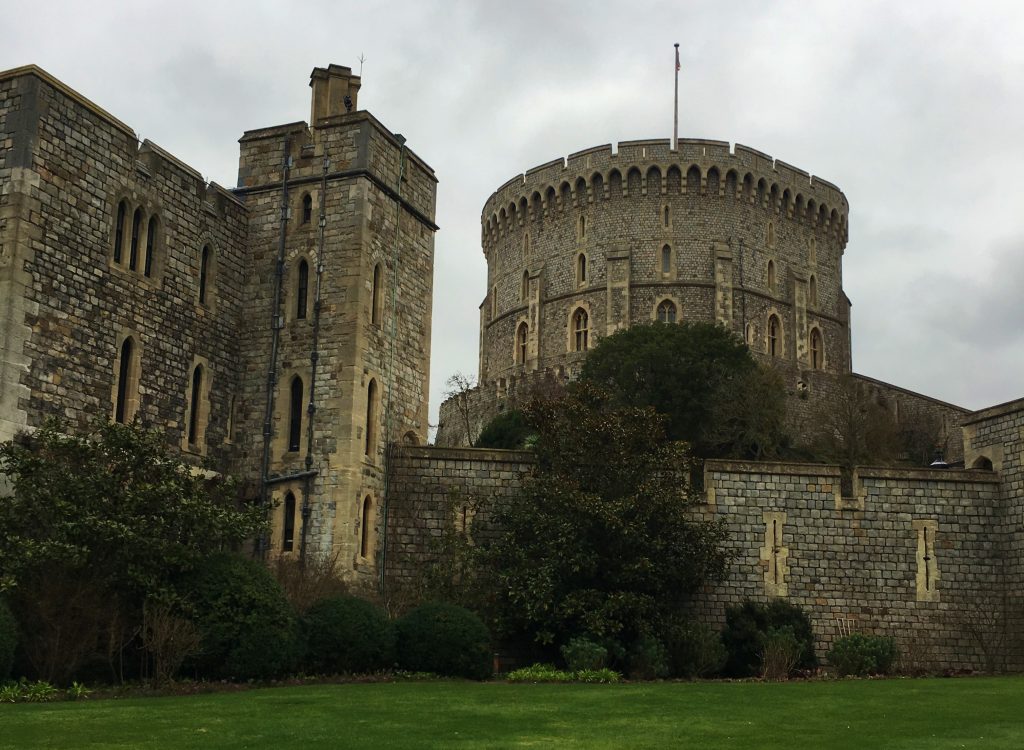
Before arranging the logistics to my tour to Windsor Castle, I learned that my cousin, Jim Ambuske, PhD was honored as one of the few American historians selected to review the historical documents of King George III. He was incredibly helpful with a list of shops and pubs to visit while I was in Windsor. Queen Elizabeth II had recently announced that she would allow access to these precious artifacts which included letters, journal entries and personal belongings of the King. King George III reigned over Britain from 1760 to 1820 and made vast improvements to Windsor Castle transforming it into its current picturesque “Gothic” style, Georgian architecture. I pictured my cousin sitting in the Round Tower reviewing documents and private royal possessions that had been locked away in the Royal Archives for over 200 years.
During the audio tour, I enjoyed learning many interesting facts about Windsor Castle, its history and the royal families that have lived here nearly 1,000 years. The land on which the castle stands was once owned by Harold Godwinson who used the land as a hunting ground. The original castle stood on a 50 foot motte, an artificial hill of dirt where the castle was built and had a 13 acre bailey, a courtyard located within the walls of the castle. Where the Round Tower stands today, William constructed a wooden keep located at the castle’s most central location acting as its inner stronghold.
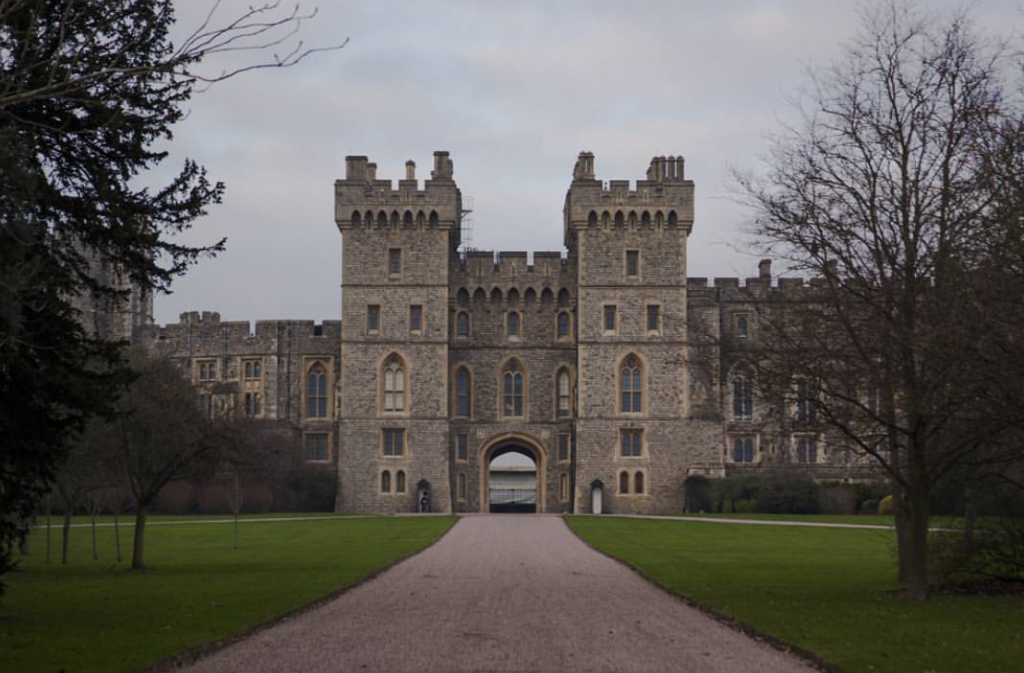
Many kings at Windsor Castle have contributed to the expansion and renovations of the castle resulting in the magnificent architectural beauty that remains today.
In 1347, Edward III began a major rebuilding program to expand the castle but it was Charles II’s 130,000 pound restoration that would include the addition of new state apartments, and alterations to St. George’s Hall and the King’s Chapel. What remains of Charles II’s 1670s renovations can be seen in the King’s Dining Room and in the Queen’s Presence and Audience Changes. My favorite addition to the castle’s landscape are the beautiful elms of the Long Walk, a 3-mile route that begins at the south entrance of the Castle to Windsor Great Park.
George III enlarges the Queen’s Lodge, George IV employs the assistance of Sir Jeffry Wyatville for another remodel project and Edward VII brings electricity to the castle in the early 20th century. 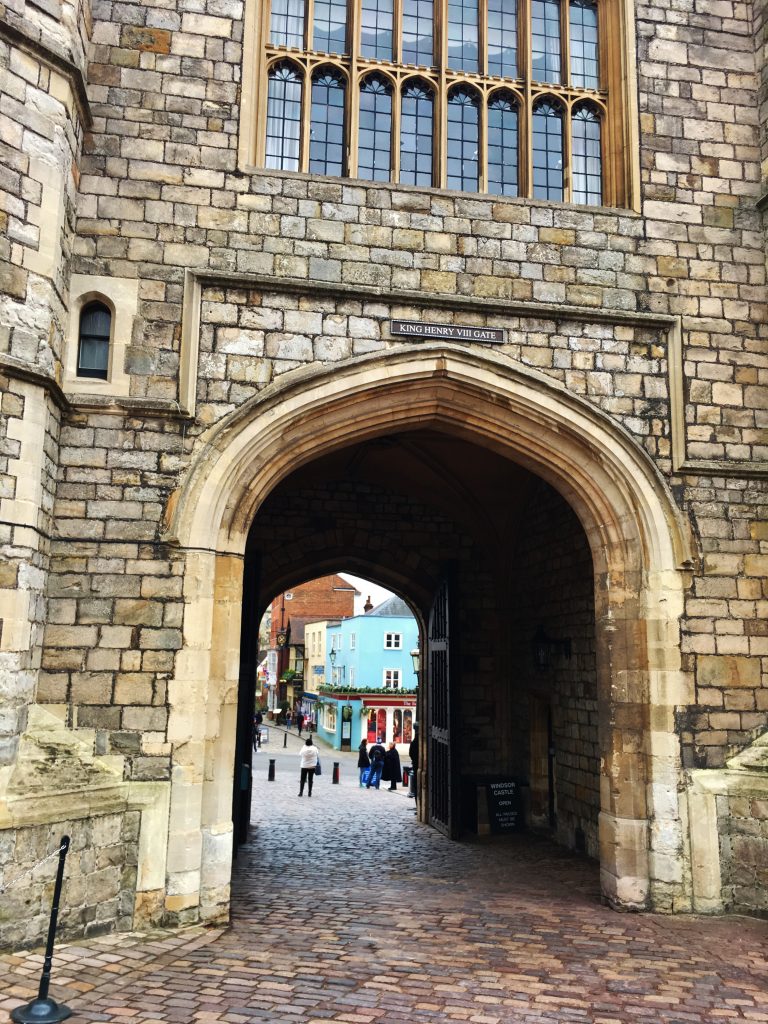
Passing through the King Henry VIII gate, is one of the most significant additions to the castle, St. George’s Chapel. Founded by Edward IV in 1475, this gorgeous Gothic structure was completed by Henry VIII in 1528 and would become the burial place for no less than 10 monarchs.
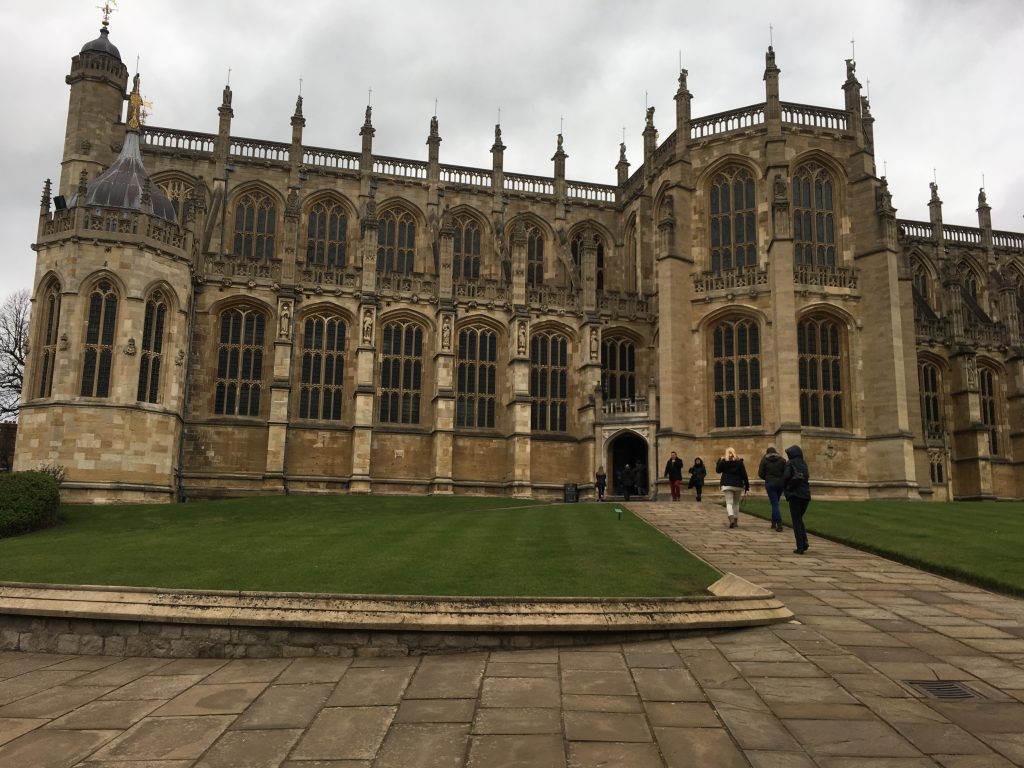
St. George’s Chapel was built as a burial chamber for Edward IV to replace the former house of worship, built on the premises. Most visitors will agree that it is one of the most fascinating examples of late Gothic architecture and is a highlight of one’s visit to Windsor Castle.
Approaching the entrance to St. George’s Chapel, my eyes are drawn to the pinnacles above the flying buttresses. The seventy-six carved figures are the Queen’s Beasts, representing the Royal Supporters of England. These animal statues include the lion of England, the red dragon of Wales, the panther of Jane Seymour, the falcon of York, the black bull of Clarence, the yale of Beaufort, the white lion of Mortimer, the greyhound of Richmond the white hart of Richard II, the silver antelope of Bohun, the black dragon of Ulster, the white swan of Hereford, the unicorn of Edward II and the golden hind of Kent.
Inside, the windows allow the light to illuminate the marble floors and the luxurious artwork covering the walls. The highlights of my visit include the West Window with stained glass images of 75 saints, popes and royal family members, the tomb of Henry VIII and the brilliant multi-dimensional architecture of the chapel’s ceiling, displaying the Banners of the Knights of the Garter.
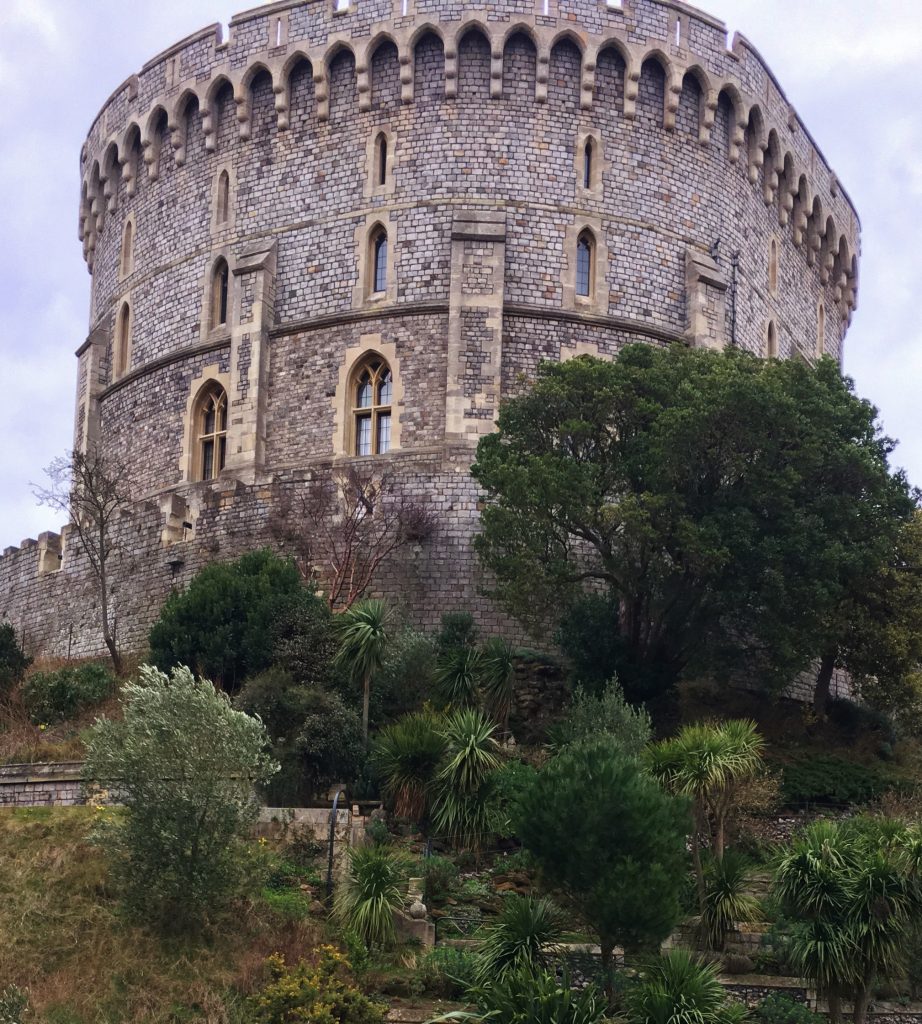
The first Round Tower of Windsor Castle was built of wood by William the Conqueror atop the Norman motte. Offering spectacular views of the River Thames, it was the perfect outpost for the defense of the castle. The current stone structure of the Round Tower was built by Henry II in 1170 and today houses the Royal Archives and Photographic Collection.
In 2011, the Round Tower was open to the public for tours, having been closed to visitors since 1975. For a limited time in the summer months, the “Conquer the Tower” tour includes a visit to the cannonade at the base of the tower which was an added defense for the castle during Medieval times. Ticket holders will be able to climb the 200 steps to the top of the Round Tower for a spectacular view of the London skyline and a close up view of the flagpole which displays the Royal Standard when the Queen is in residence or the Union Flag when she is not.
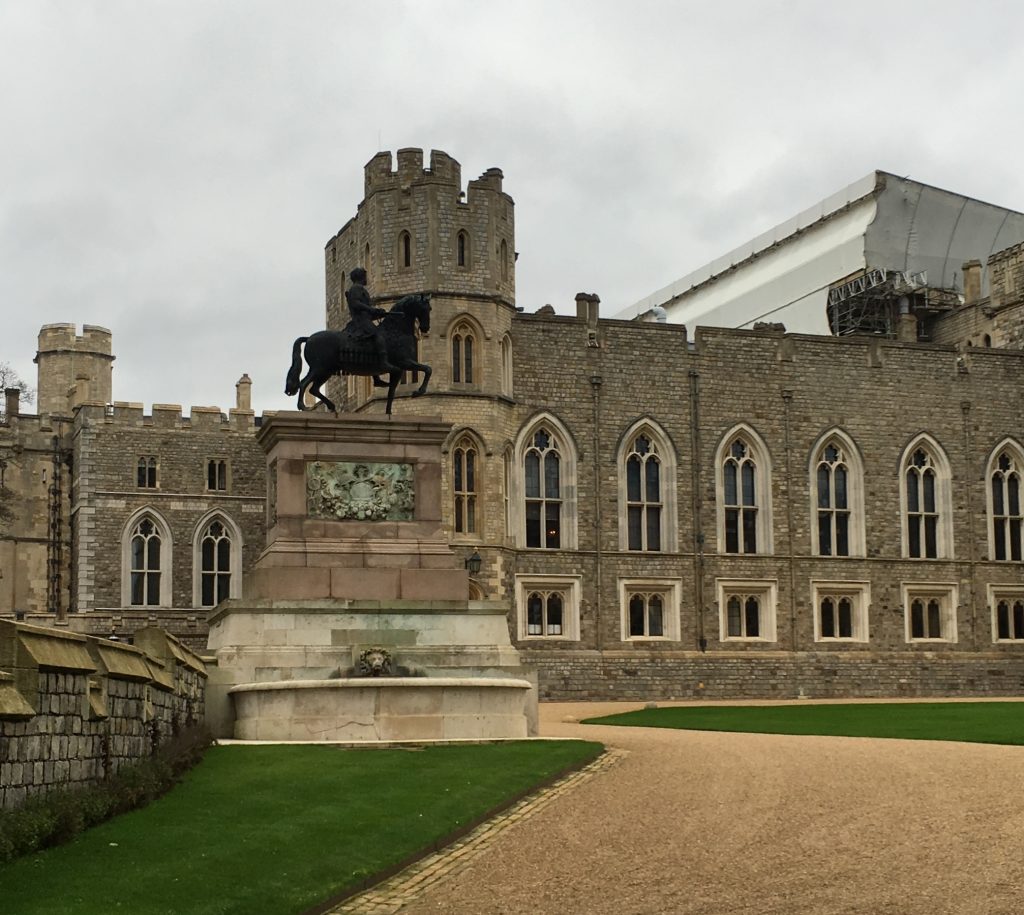
Located on the Upper Ward of Windsor Castle, surrounding the upper bailey, are the State Apartments and private apartments of the Royal Family. Known for their exquisite interiors, these rooms were renovated by Charles II to rival the gorgeous quarters of King Louis XIV’s Versailles. The King’s Dining Room, the Queen’s Presence Chamber and Audience Chamber are what remain of Charles II’s contribution to the Apartments, where ceilings were painted by Antonio Verrio and wood carvings created by Grinling Gibbons.
Queen Elizabeth took on the transformation of Windsor Castle’s State Apartments including St. George’s Hall after a devastating fire in 1992. While some areas were restored to their original magnificence, the Octagon Dining Room, Lantern Lobby and St. George’s Hall were renovated to reflect the Queen’s preferences.
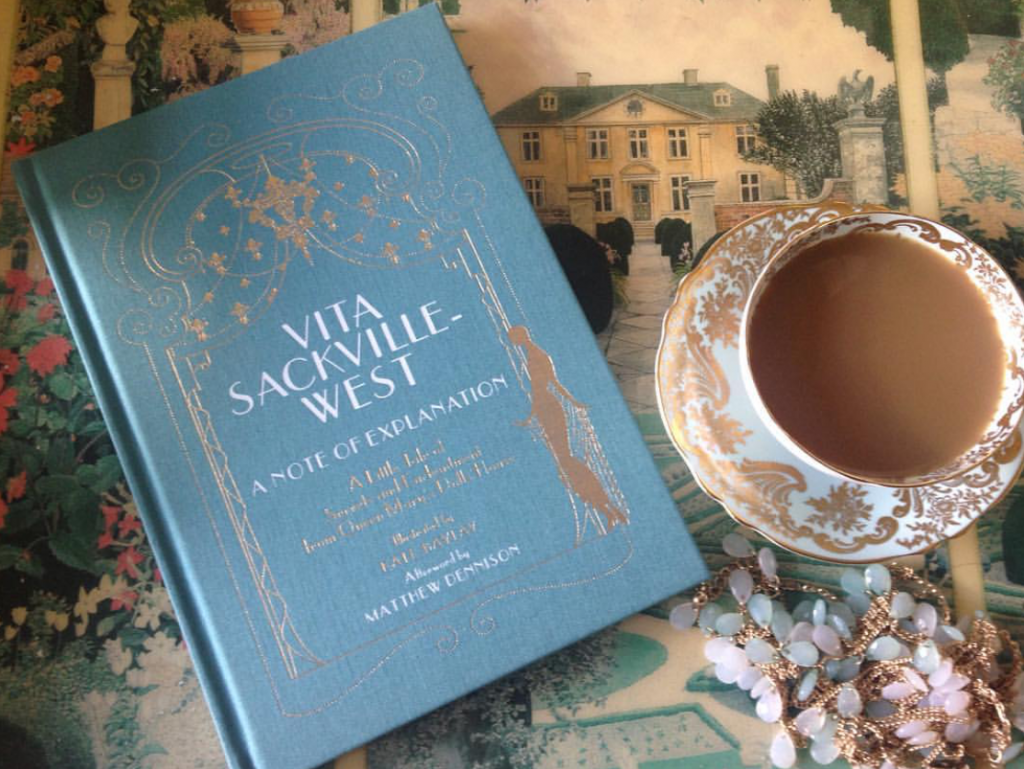
I was so excited to explore my final exhibit on my tour of Windsor Castle, Queen Mary’s Doll House. Designed by Sir Edwin Luutyens in 1924, this exquisite dollhouse is the largest, most extravagant, most famous dollhouse in the world. Built in the Palladian style, the house represented an Edwardian townhouse with running water, electricity and working elevators. Luutyens received contributions from over 1500 artists and designers to furnish the house which included all of the luxuries one could imagine, including a fully stocked wine cellar containing genuine vintage wine.
Queen Mary’s Doll House is incredibly impressive with its elaborate miniature furnishings, architecture and interior design. Standing three feet tall, each room was decorated with only the finest and most modern products available in the early 20th century. While the carpets and curtains match Windsor Castle, I can’t help but notice the grand piano, monogrammed towels, the vacuum cleaner and a garage with fully functioning automobiles. After returning home, I learned about a book written by Vita Sackville-West, A Note of Explanation, a children’s story about the adventures of a sprite that inhabits the dollhouse.
With only a half an hour left before boarding the bus, I set aside time to visit the royal gift shop and stroll through the shopping plaza for some coffee and a small bite to eat. I purchased a Corgi and a commemorative plate from the Queen’s 90th birthday at Buckingham Palace and opted to pick up a sandwich and tea for the road. Stonehenge, here we come!
Have you had the opportunity to visit Windsor Castle? What fun places did you visit? Was there a restaurant or shop that you enjoyed? I would love to hear about your experience if you would kindly leave a message in the comments section below. Many thanks for reading about my exciting day in Windsor and wishing you many Happy Travels!
What to See and What to Do:
Windsor Castle
Windsor, Berkshire, UK SL4 1NJ
- Admission Fee: £21.20 for adults (18 – 59); £13.30 for children ages 5 -17; children for and under are free; Seniors (60+) are £19.30
- Hours: November 1 to February 28: Open from 10AM to 4:15PM (3PM is the last admission); March 1 – October 31: Open from 10AM to 5:15PM (4PM is the last admission); Check the website for special closures
- Amenities: a multimedia guide is available in English, French, German, Spanish , Italian, Japanese, Brazilian Portuguese, Russian and Mandarin, museum, gift shop, restrooms, special events
- Length of Visit: 2.5 – 3 hours
- Tips for Your Visit: Wear comfortable shoes for walking. The busiest time is morning and early afternoon, so it is suggested to arrive after midday. Photographs are not permitted within St. George’s Chapel or the State Apartments. Re-entry permits are available should you plan on returning to the site throughout the day
Where to Stay:
Sir Christopher Wren
Thames Street
Windsor, Berkshire, UK SL4 1PX
Telephone: +44 1753 442400
Enjoy dinner along the Thames River! This charming boutique hotel is located in the heart of Windsor and offers free Wifi, a conference center and access to the Wren Club with a gym, Jacuzzi, sauna, and spa treatments!
Where to Eat:
Macdonald Compleat Angler Hotel
Marlow Bridge
Bisham, Marlow, UK SL7 1RG
Telephone: +44 344 879 9128
Another gorgeous restaurant for riverside dining!
The Fox and Hounds Restaurant and Bar
Bishopsgate Road
Englefiel Green, Egham, UK TW20 0XU
Fish Fridays and dogs are welcome everyday! Open for breakfast, lunch and dinner.
What to Eat:
- Bacon Sandwich consists of a generous amount of bacon between two pieces of bread seasoned with ketchup
- Bangers and Mash are otherwise known as sausages and mashed potatoes
- Beef Wellington
- Bread Pudding
- Fish and Chips
- Full English Breakfast which includes sausages, eggs, beans, toast, hash browns, tomatoes, black pudding and much more
- Haggis, Neeps and Tatties are comprised of sheep’s heart, liver and lungs cooked with oatmeal, onions, spices and stock. The neeps and tatties are turnips and potatoes
- Spotted Dick is a pastry of dried fruits served with a custard
- Steak and Kidney Pie is a filling of steak and beans inside of a pastry
- Sticky Toffee Pudding
- Sunday Roast
What to Read:
- The Uncommon Reader, by Alan Bennett
- Revengeful Death, Jennie Melville
- George VI by Denis Judd
- Death at Windsor Castle, by C. C. Benison
Photo Guide for Windsor:
- The City of Windsor
- Windsor Castle
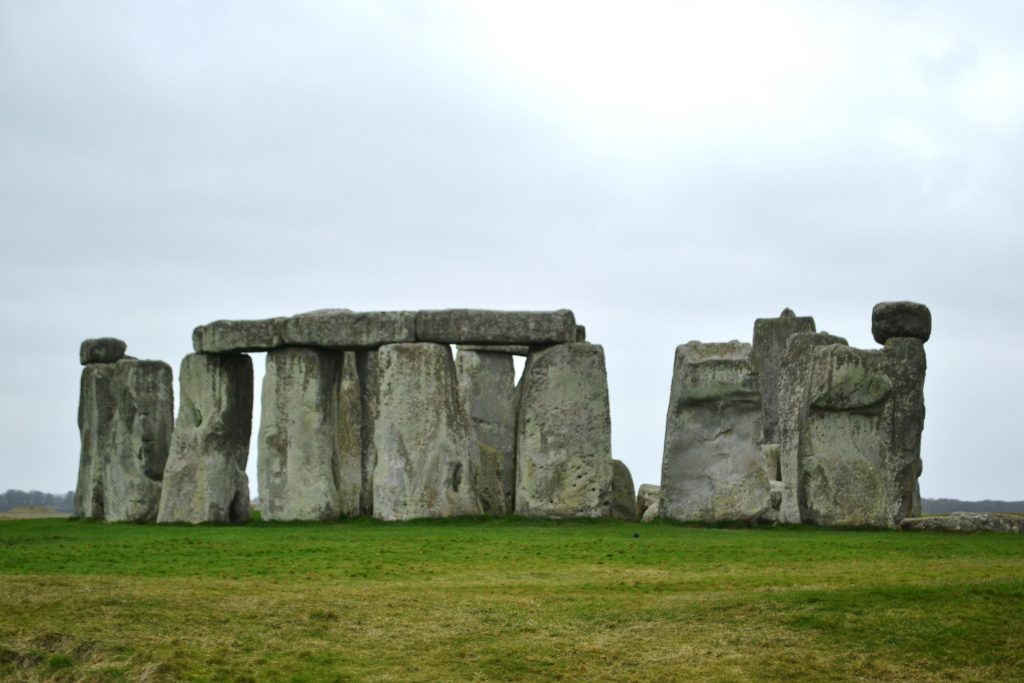

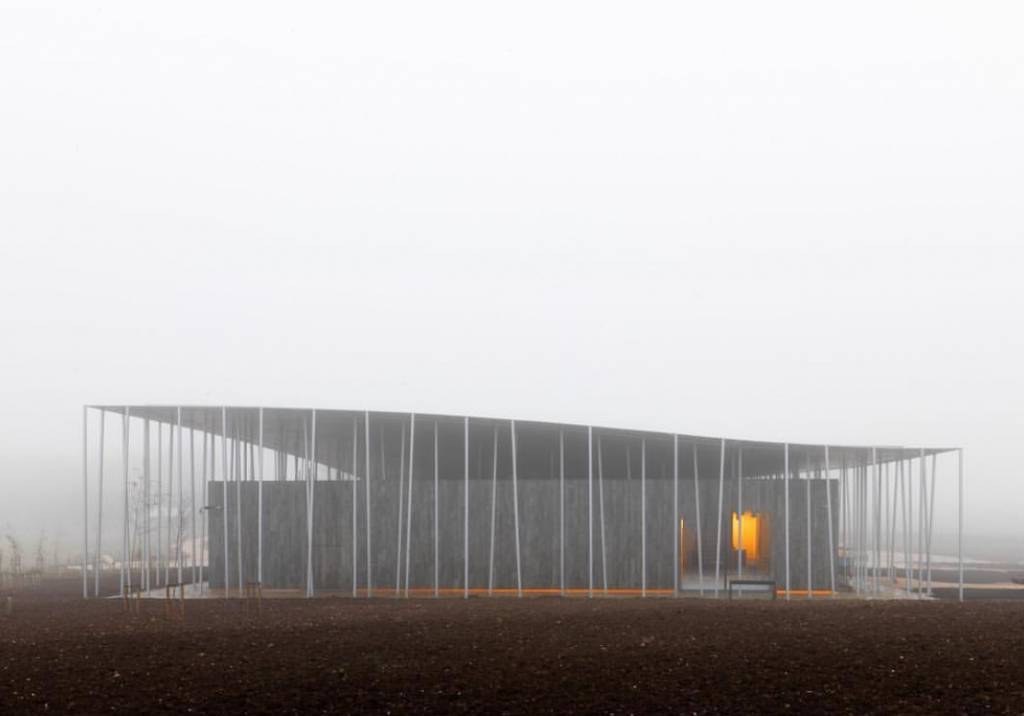
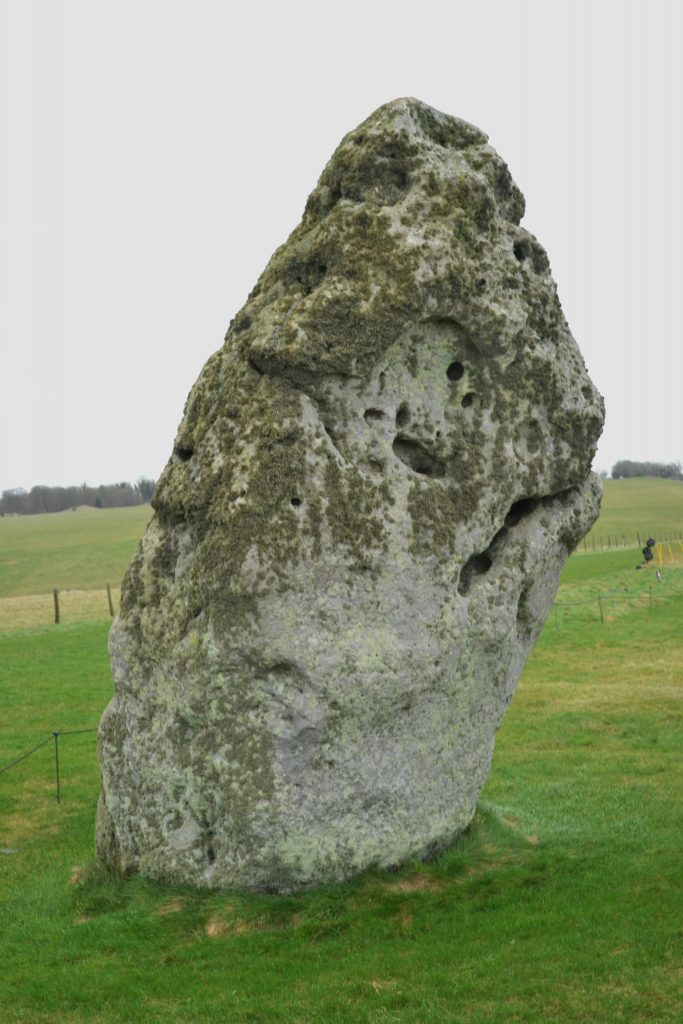
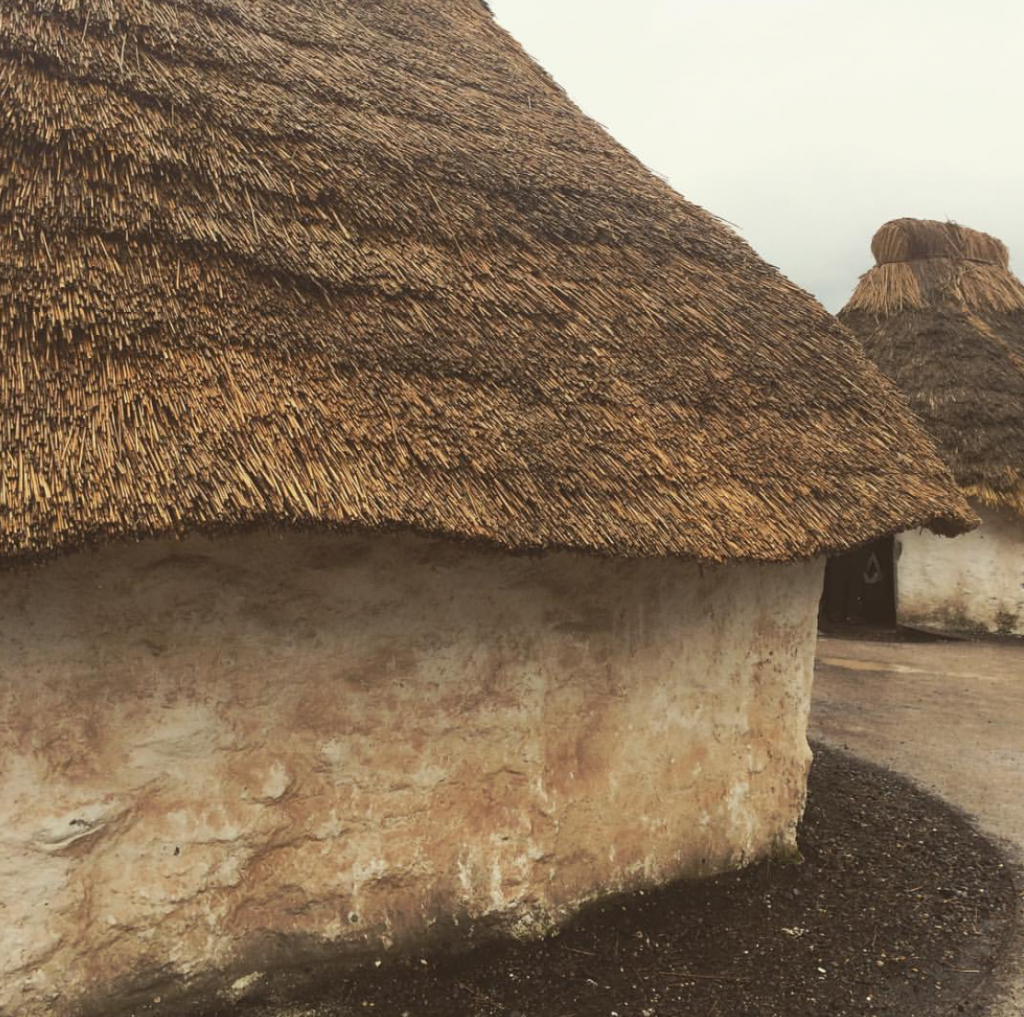
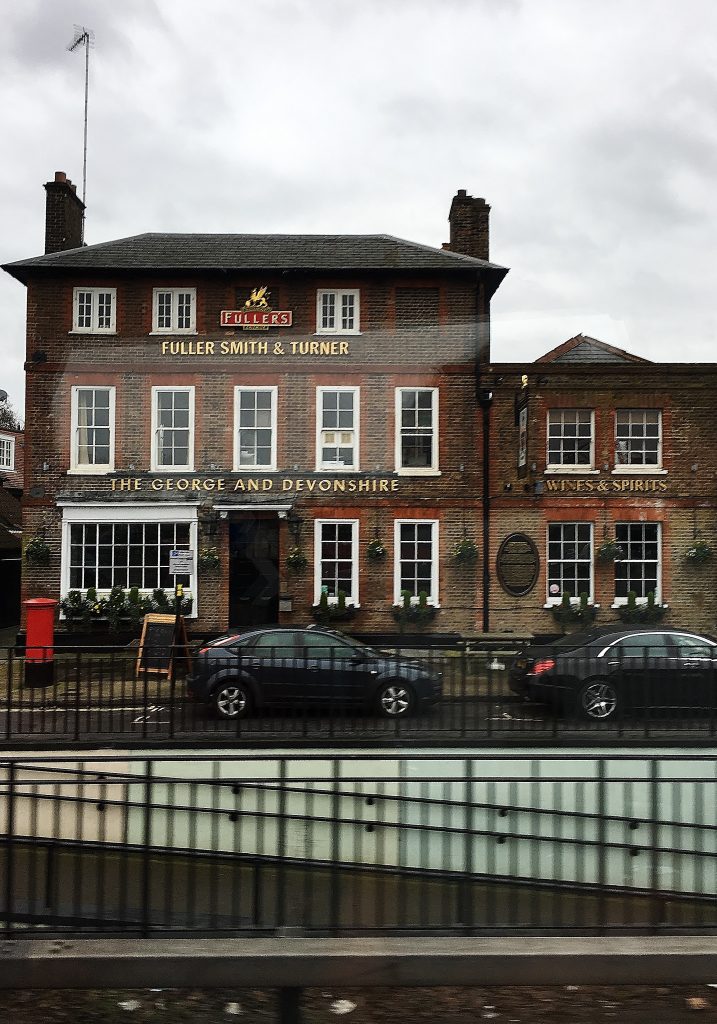
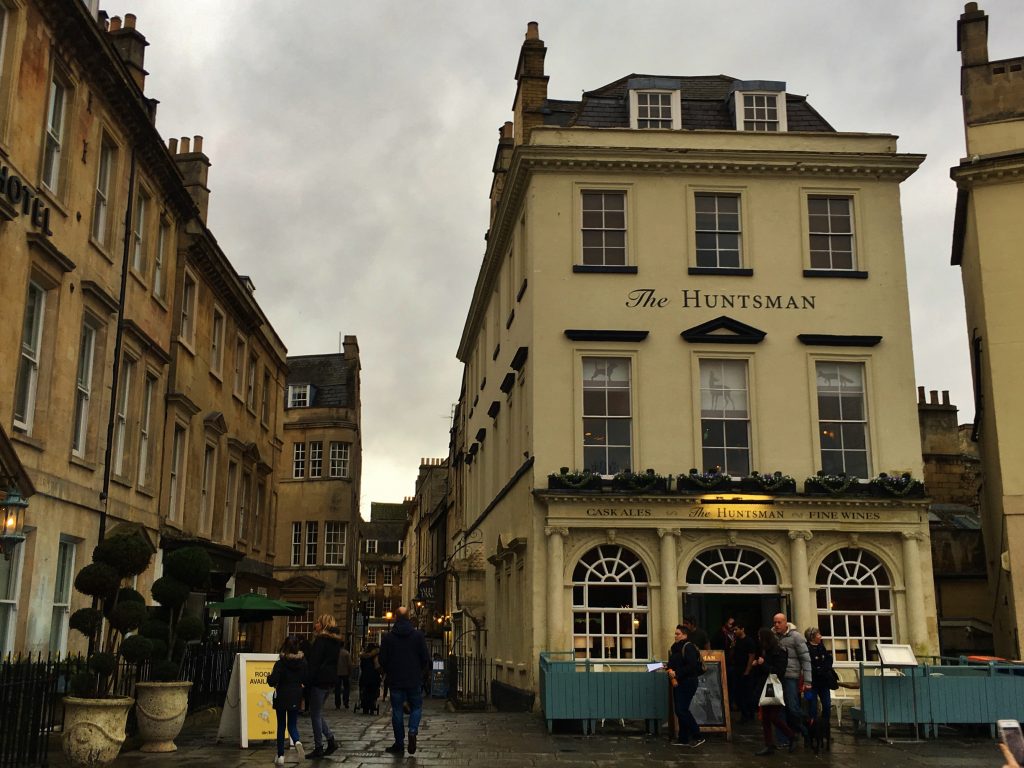
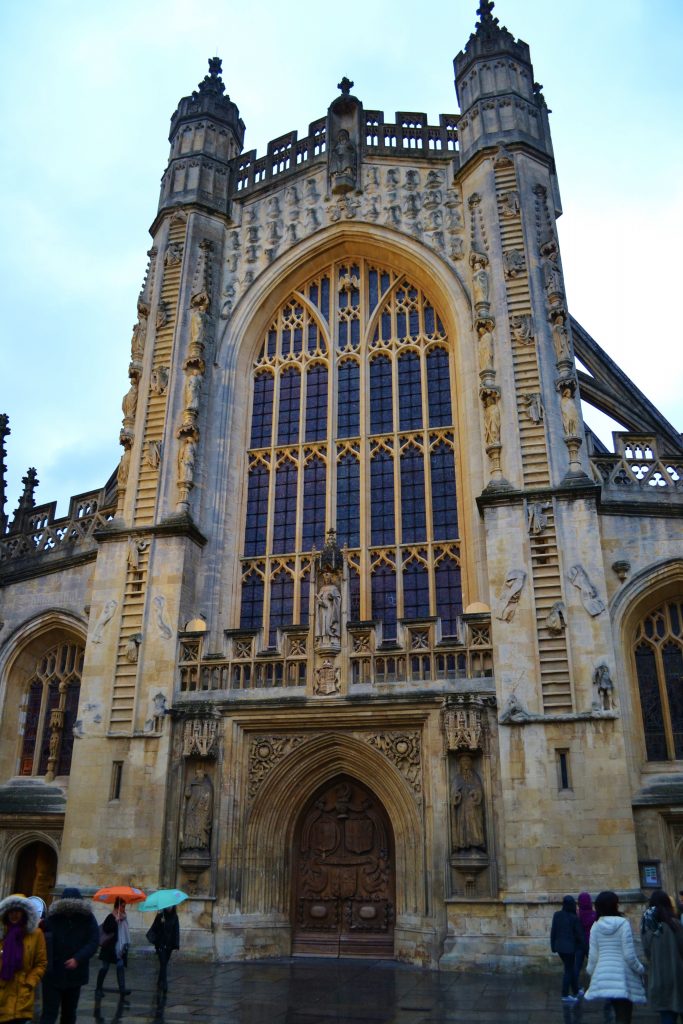
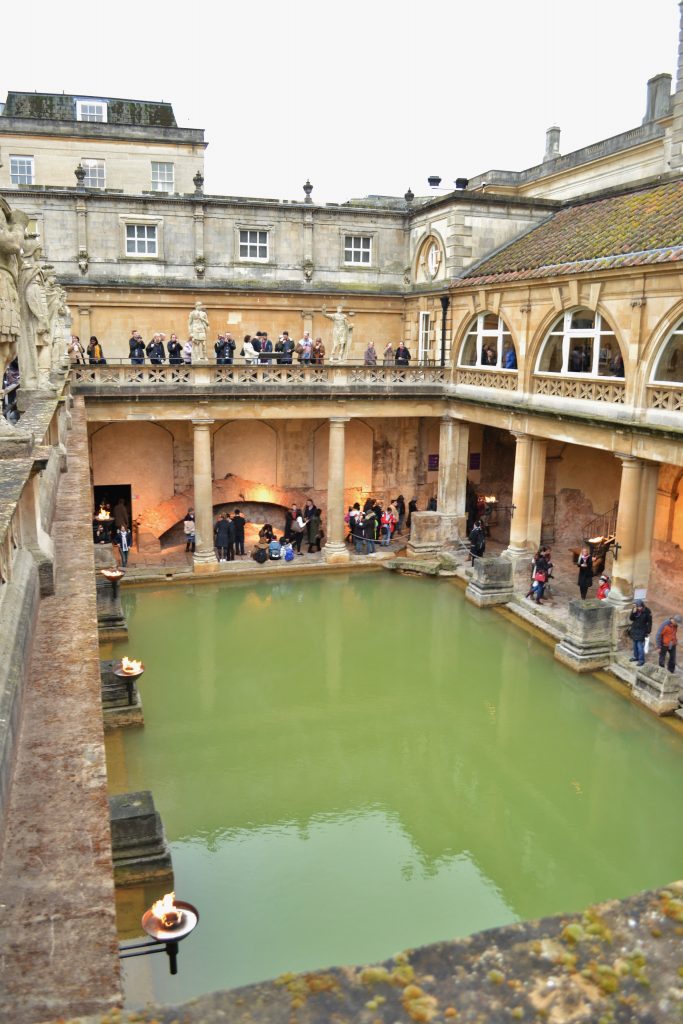
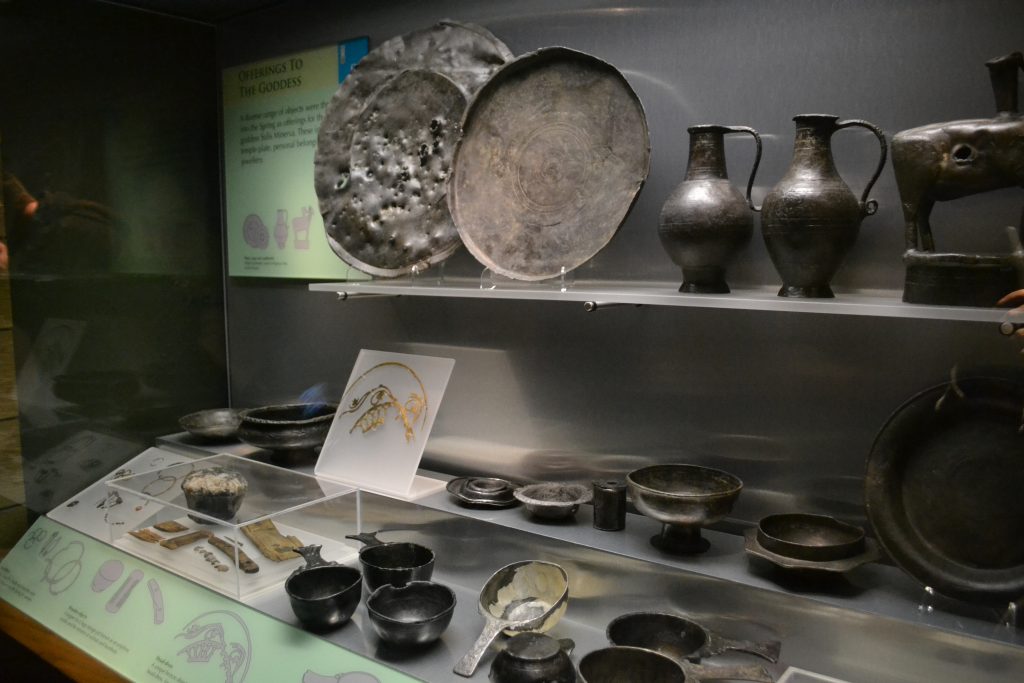
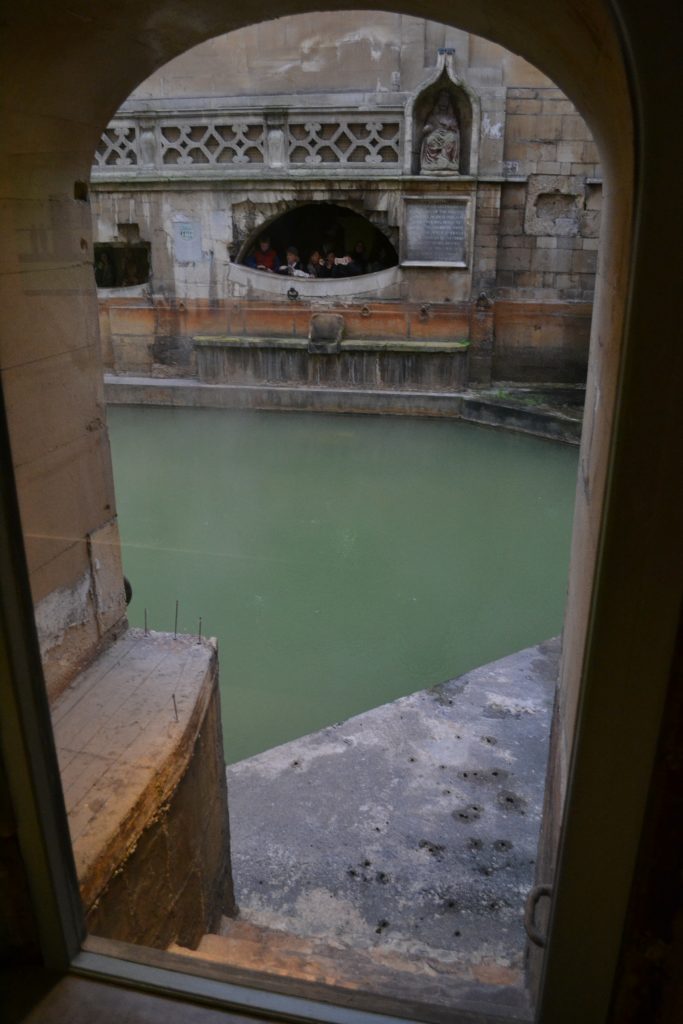

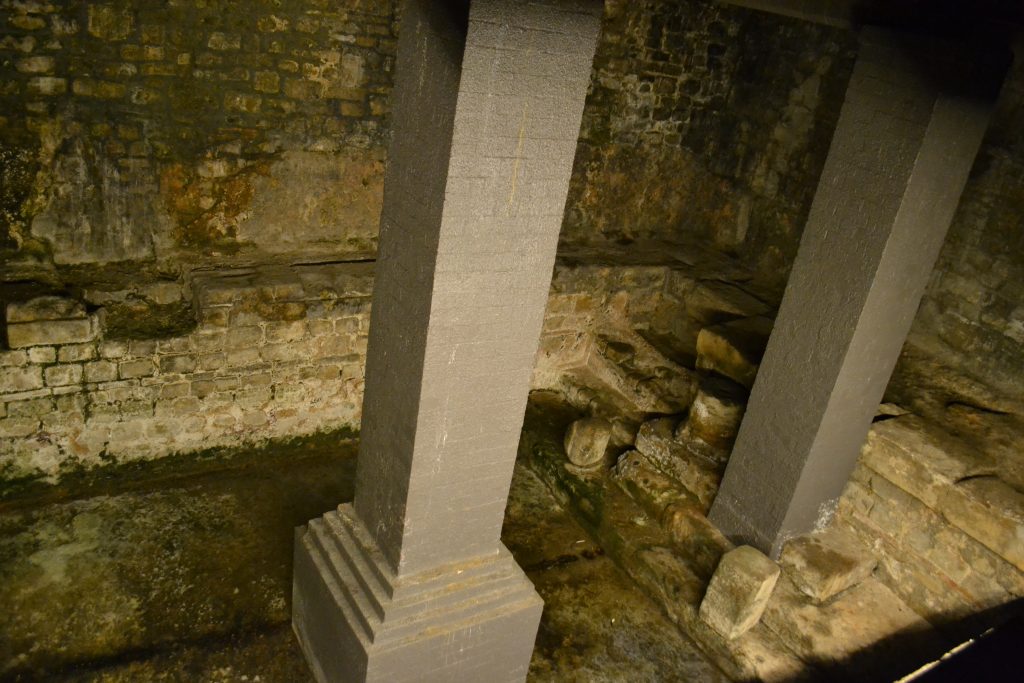
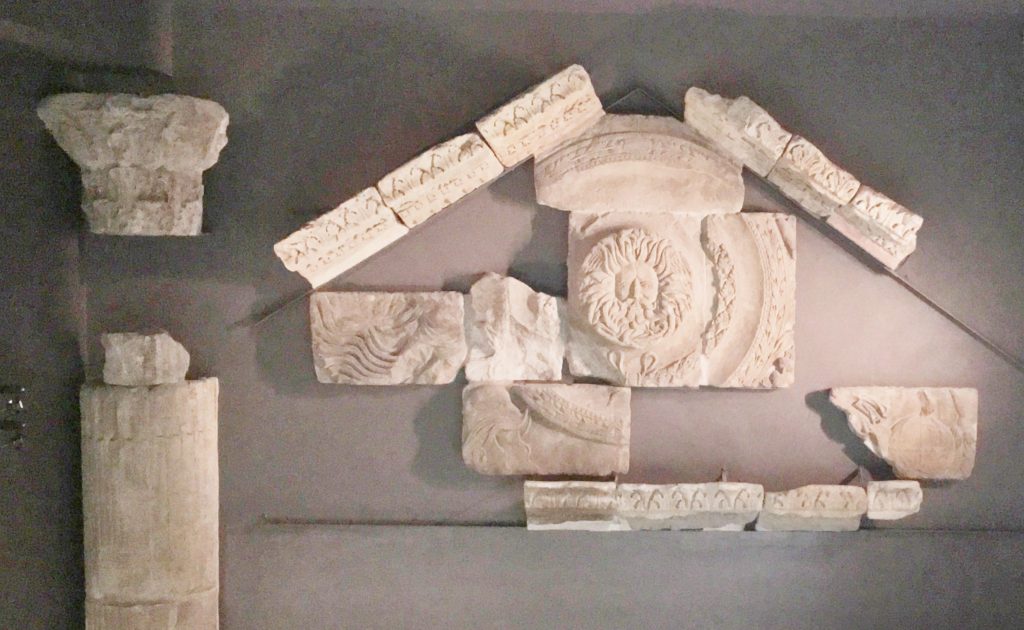
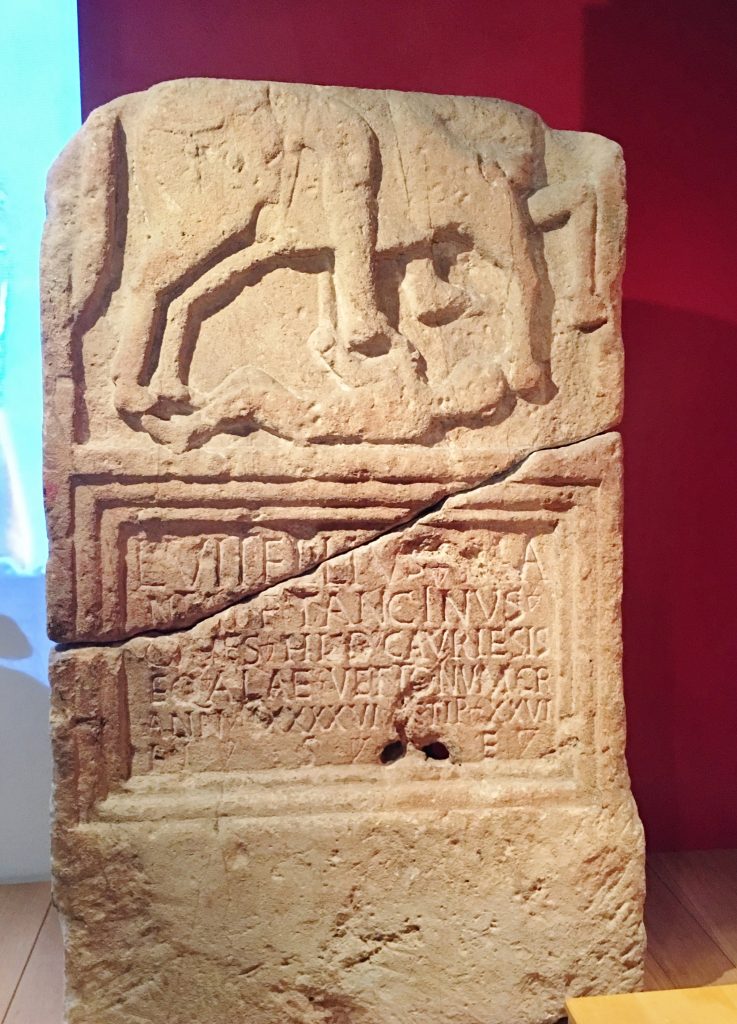
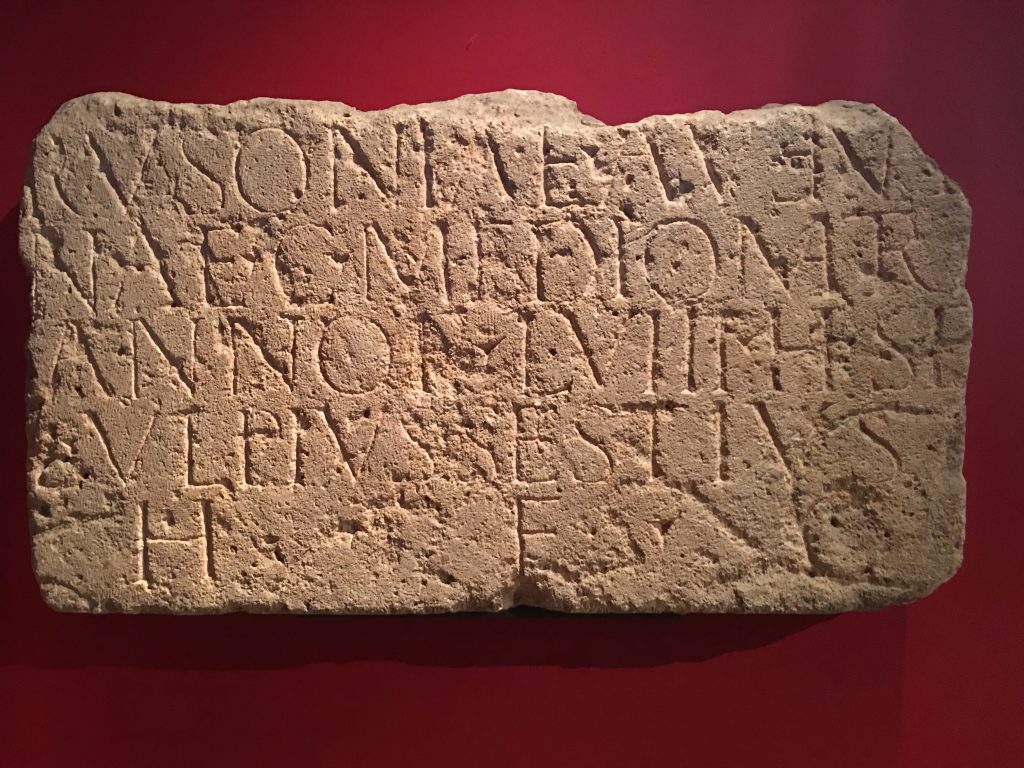
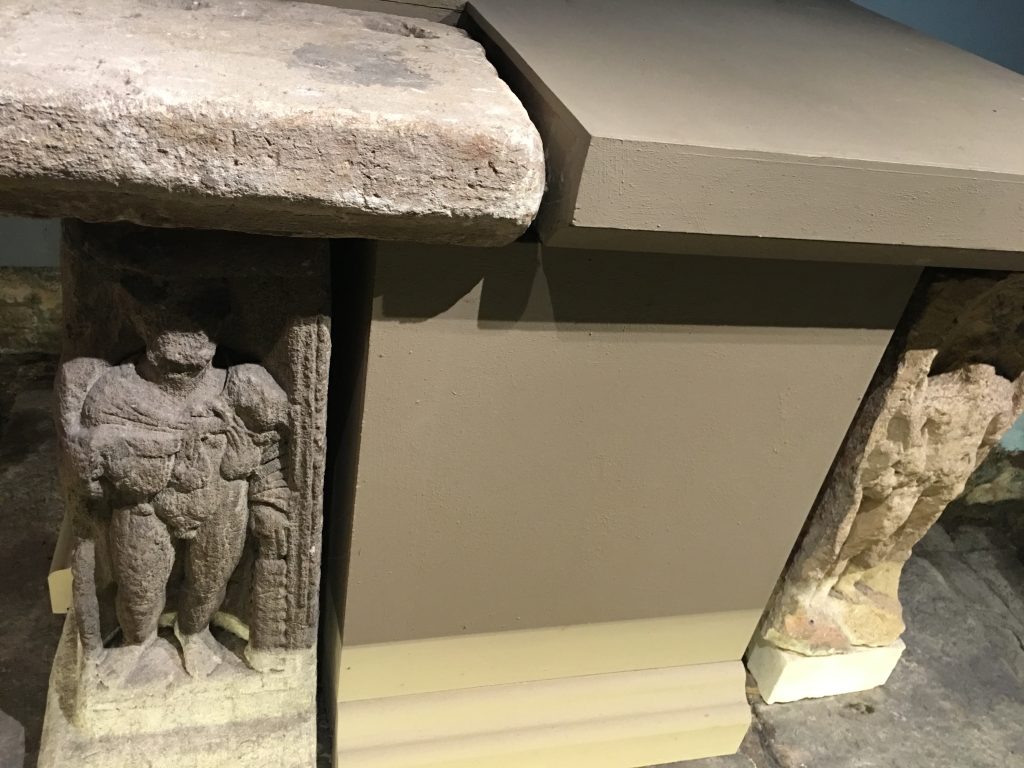
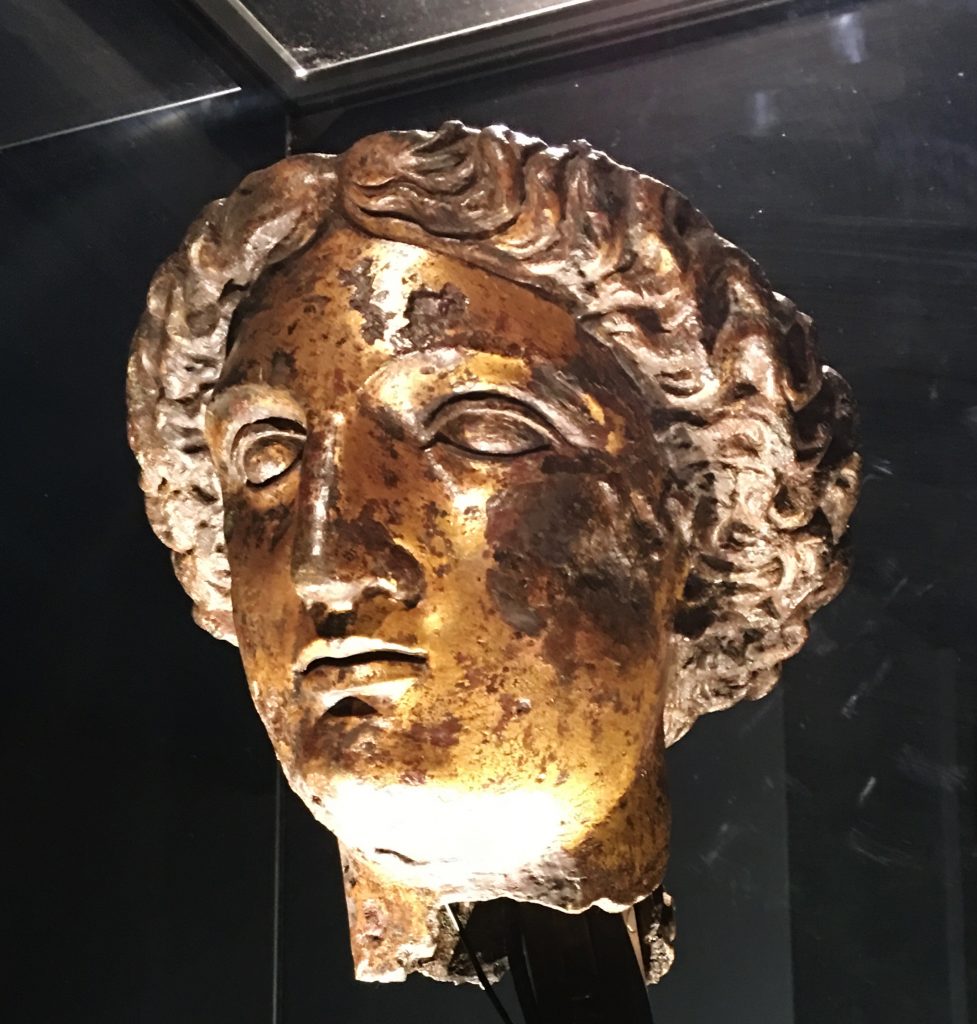
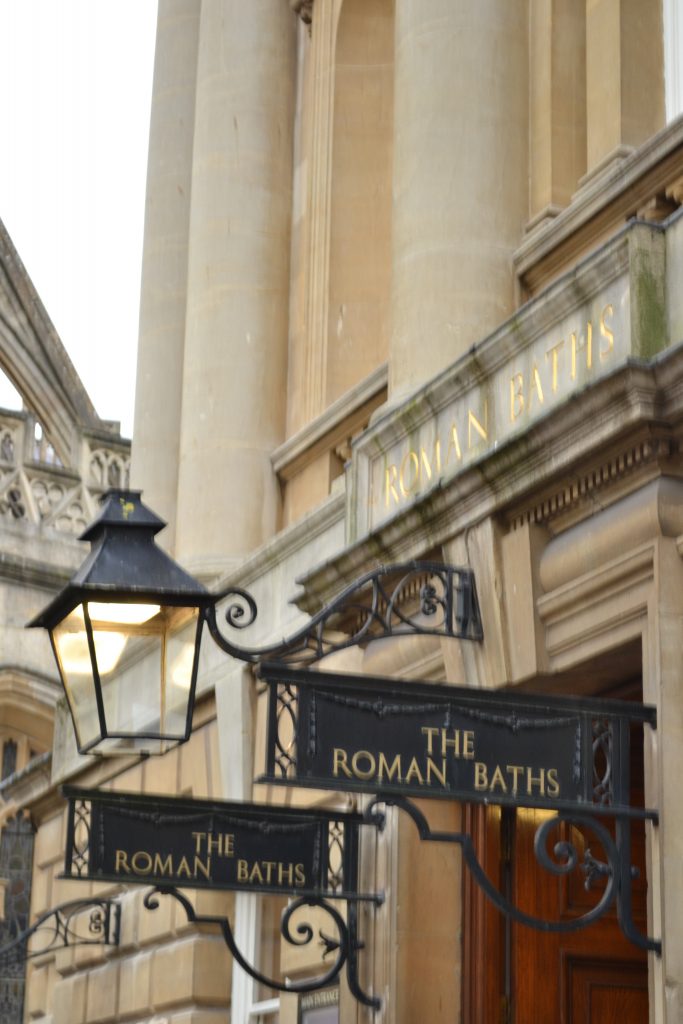

 Ancient Coins found in the Roman Baths of Bath, England
Ancient Coins found in the Roman Baths of Bath, England